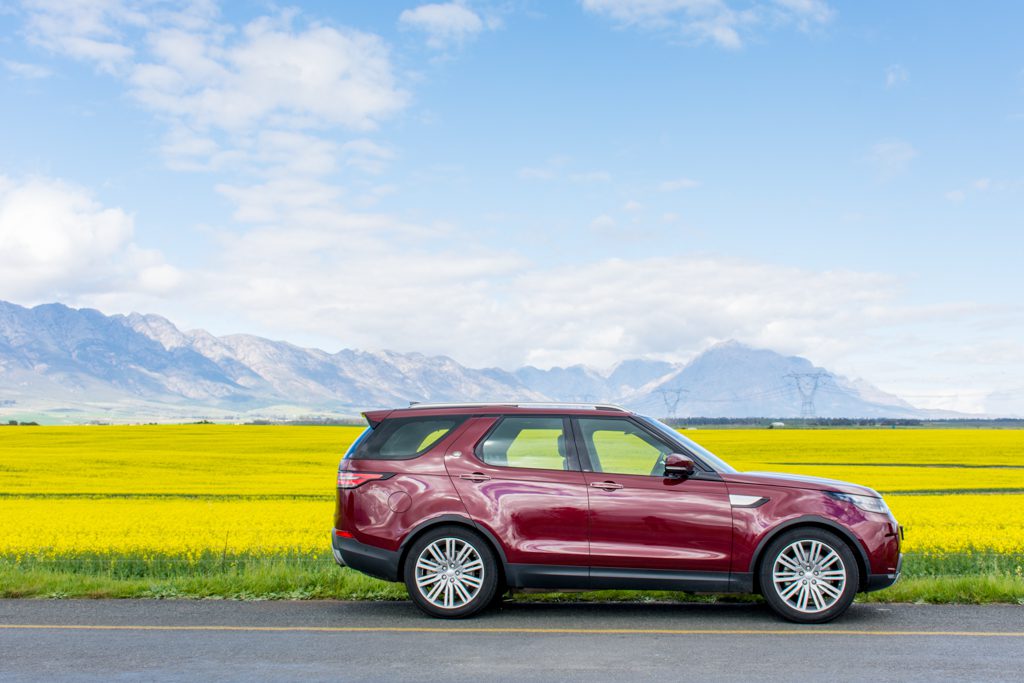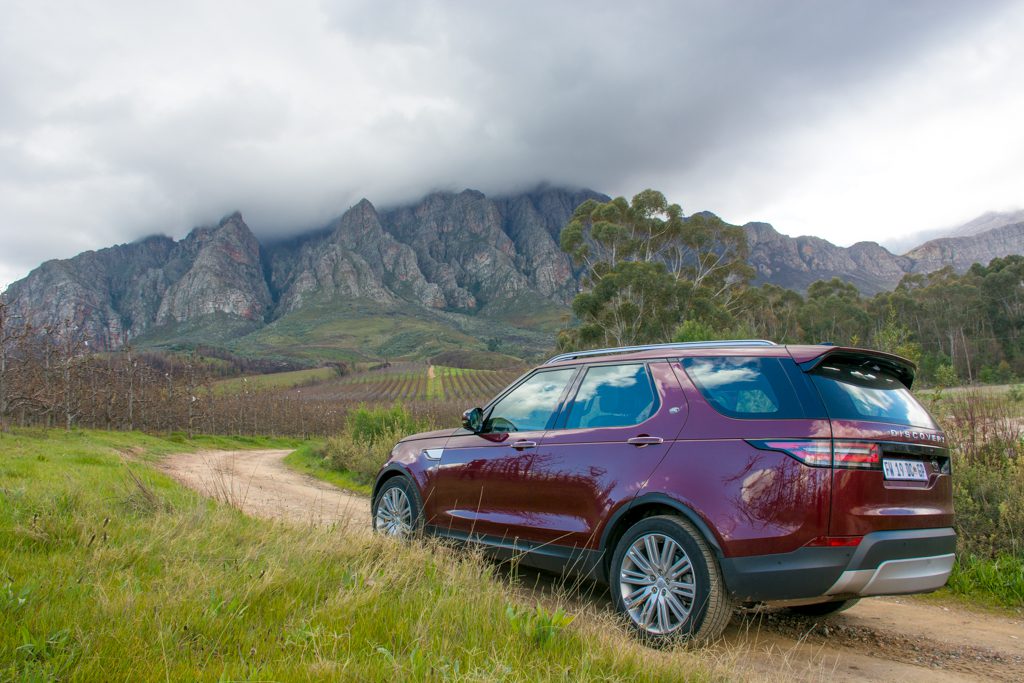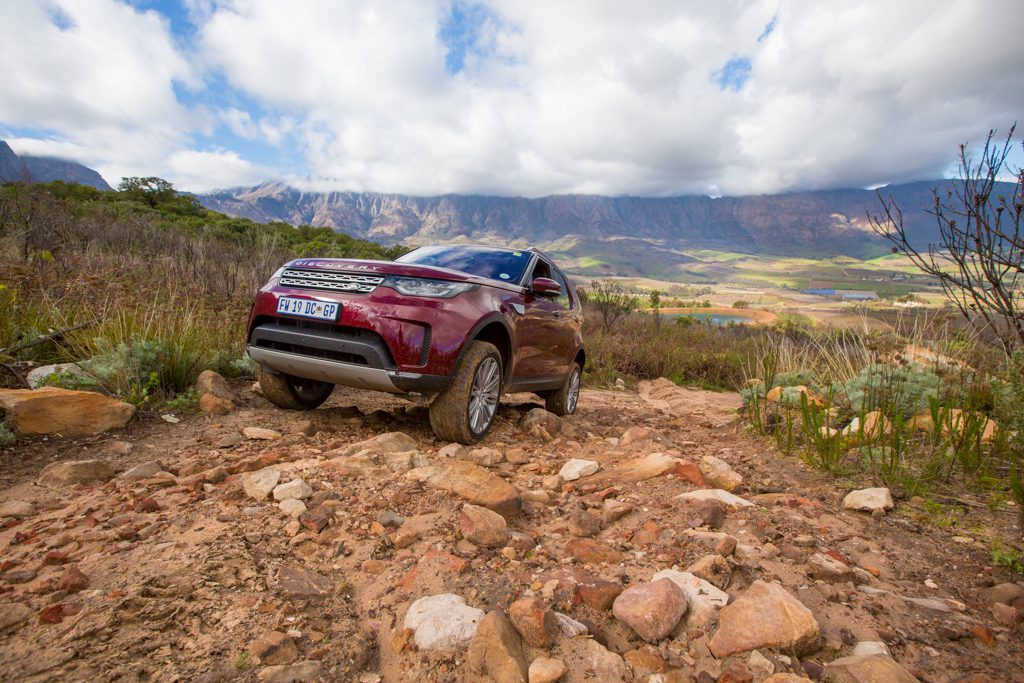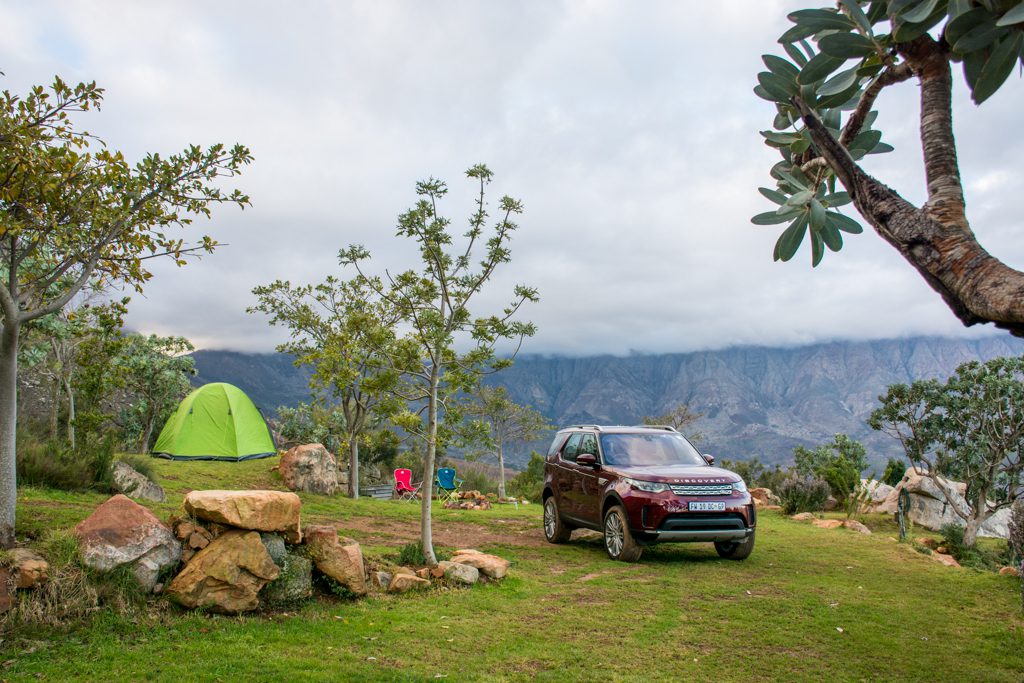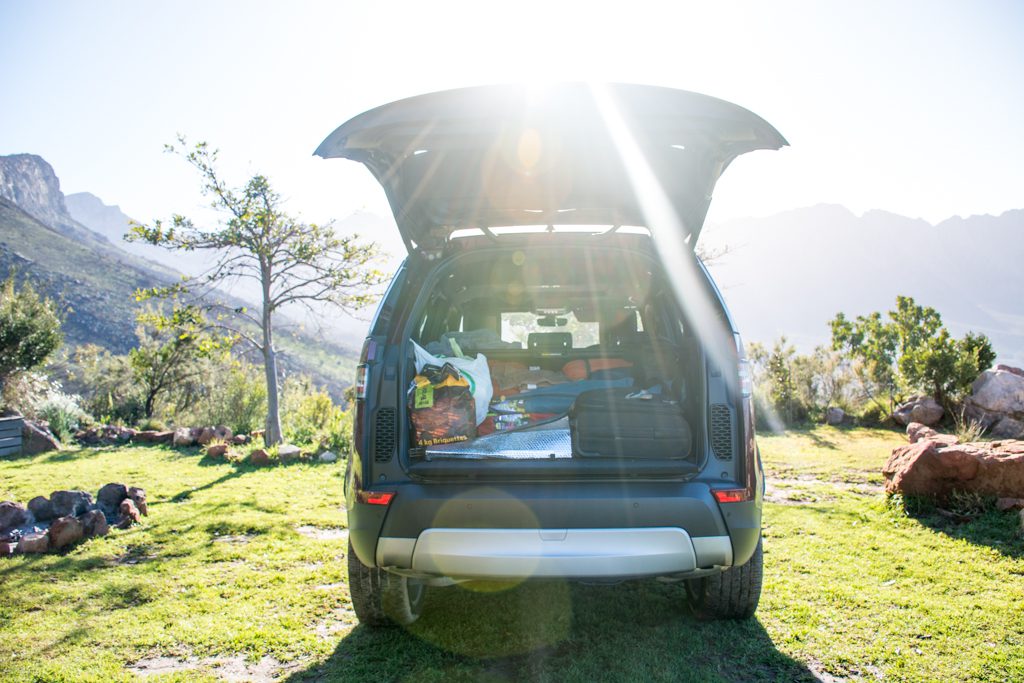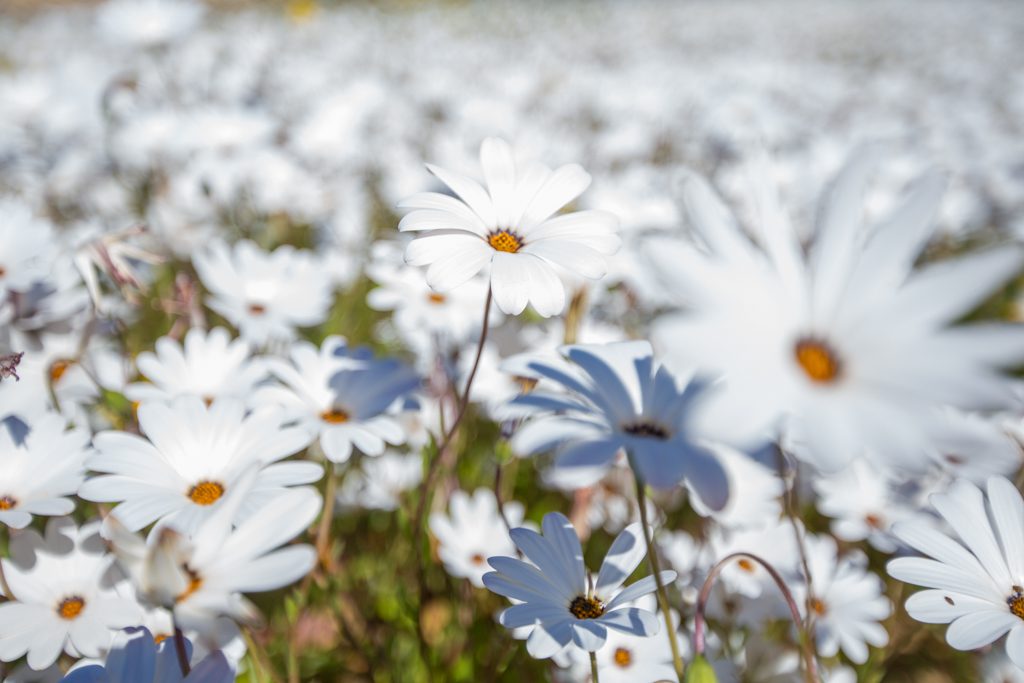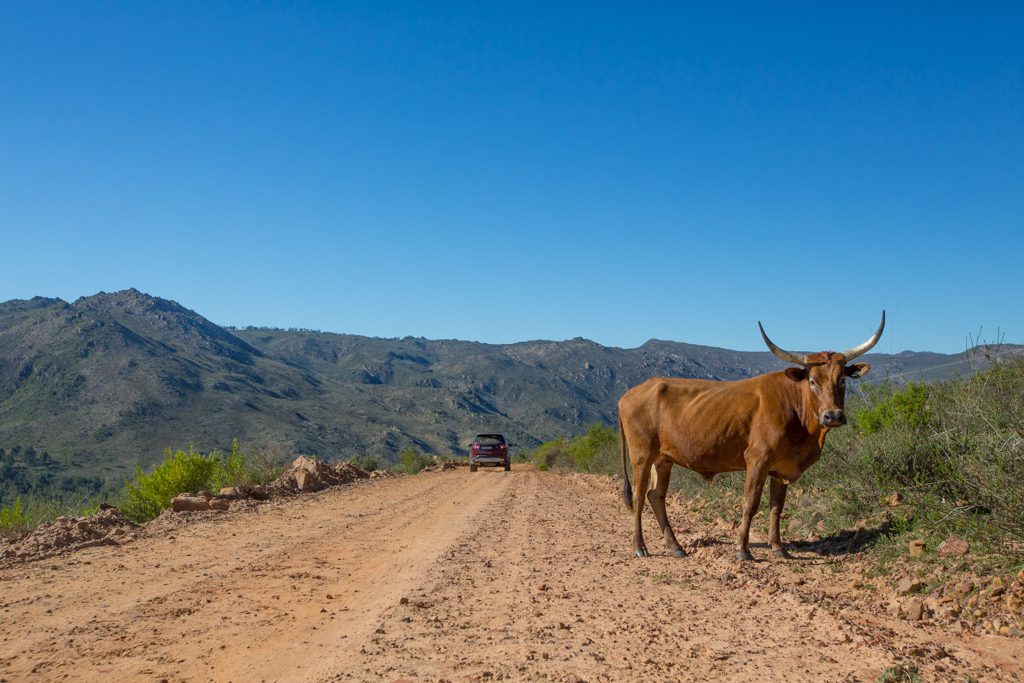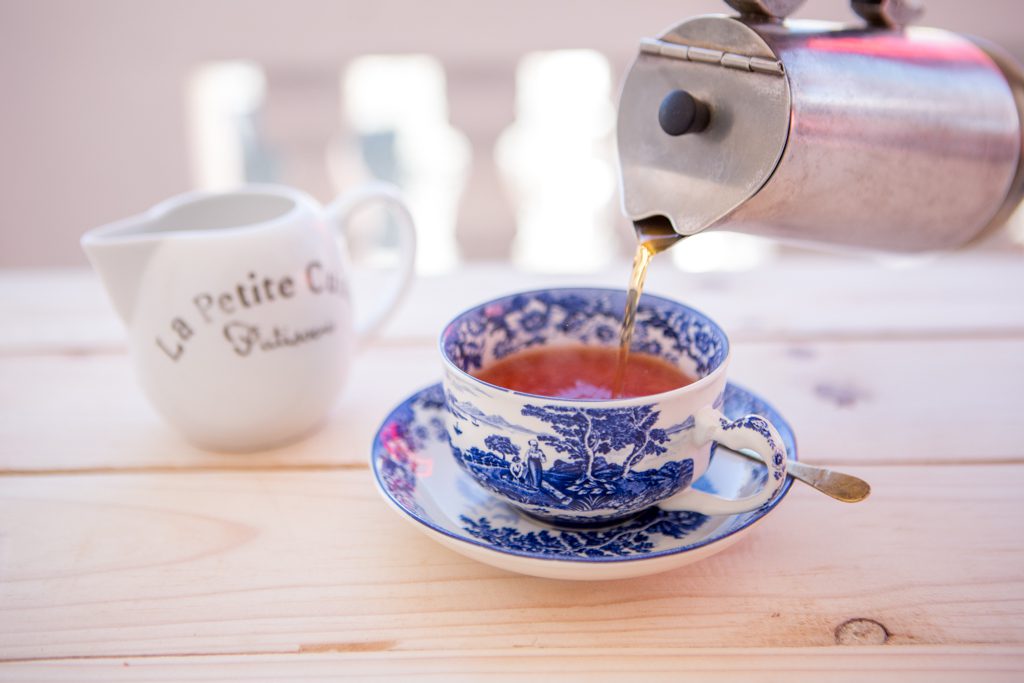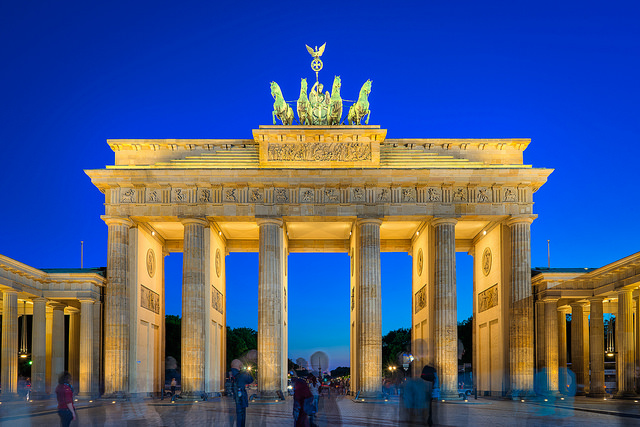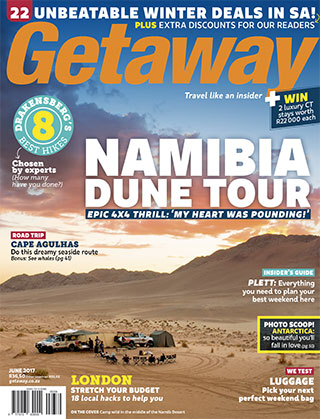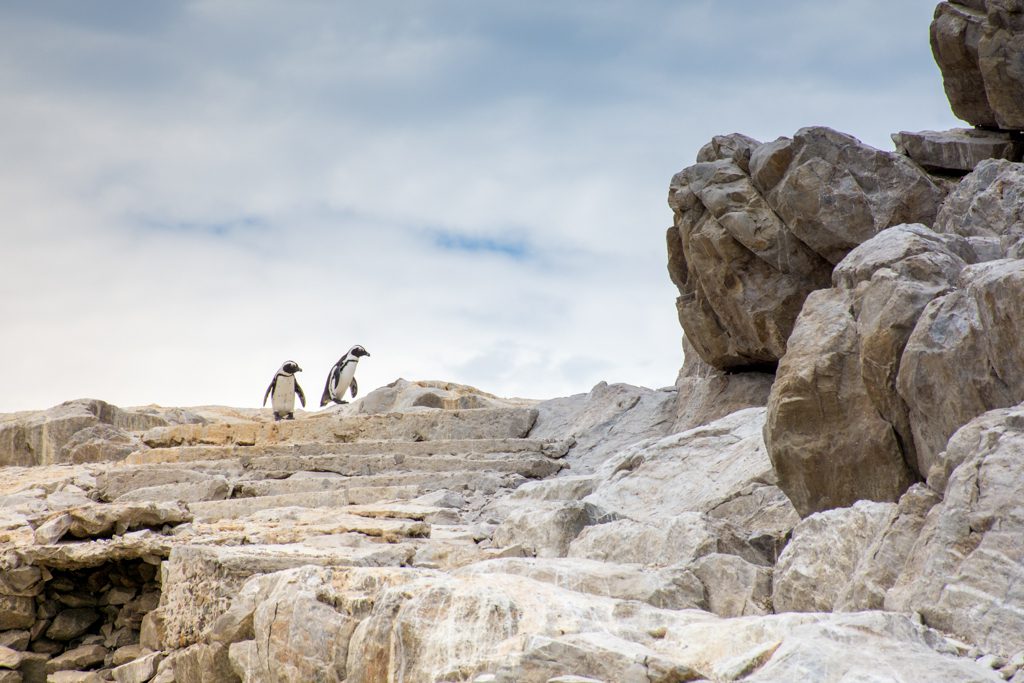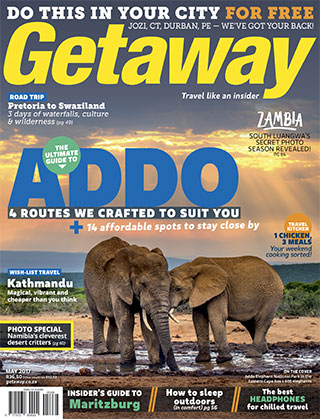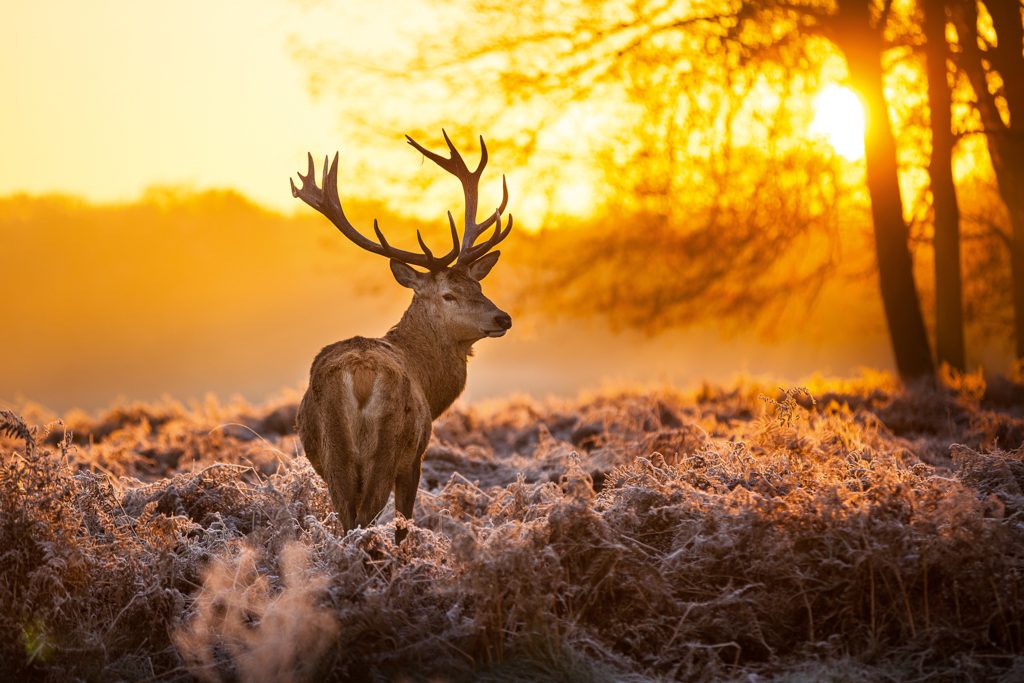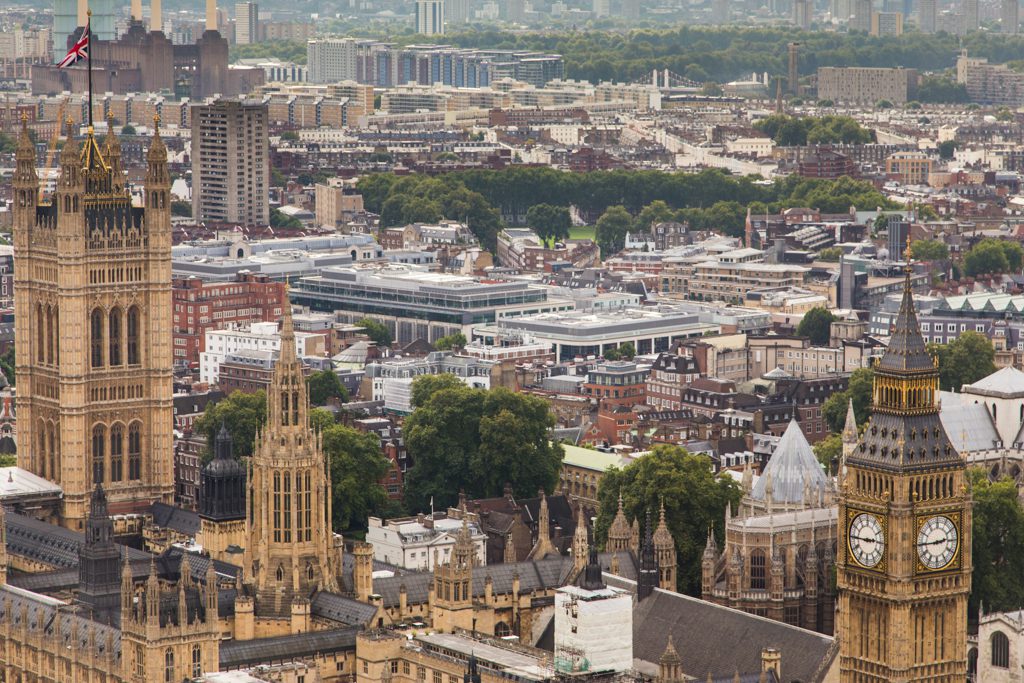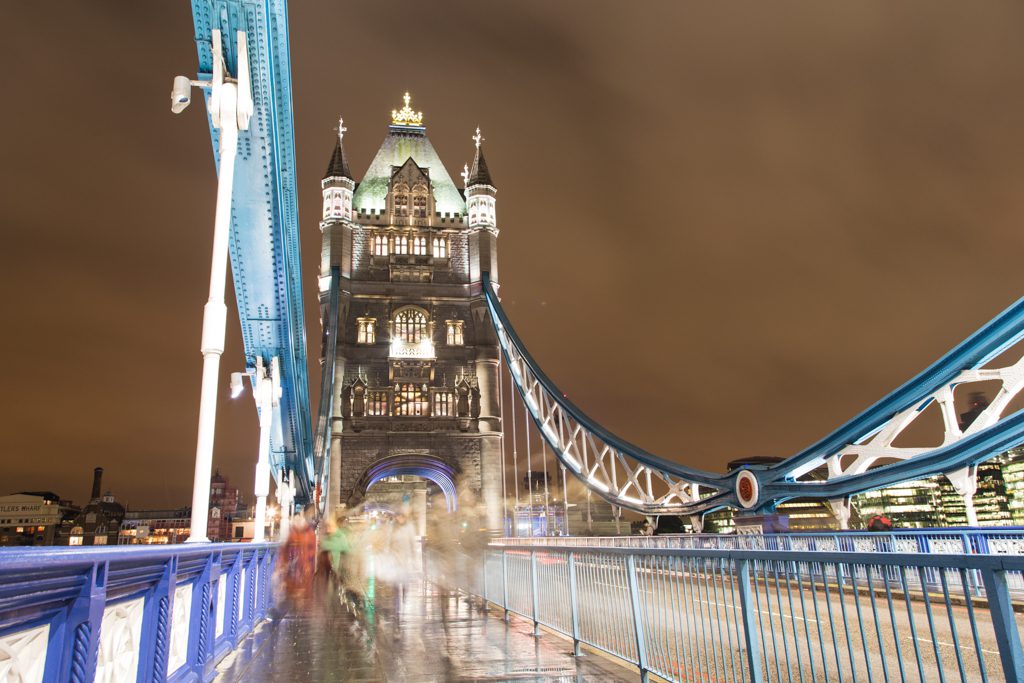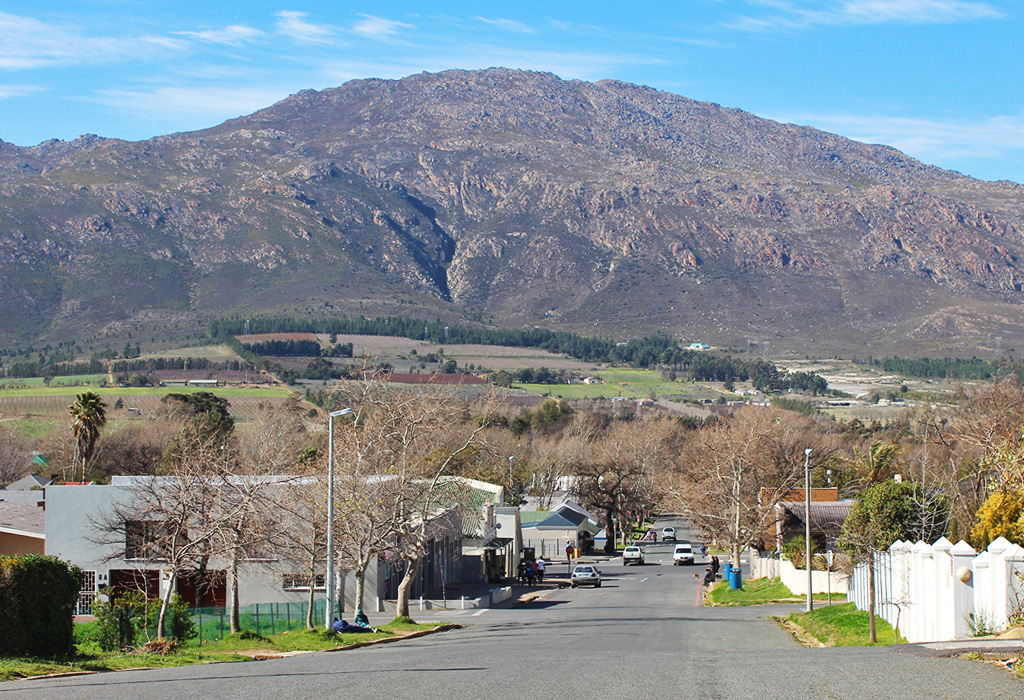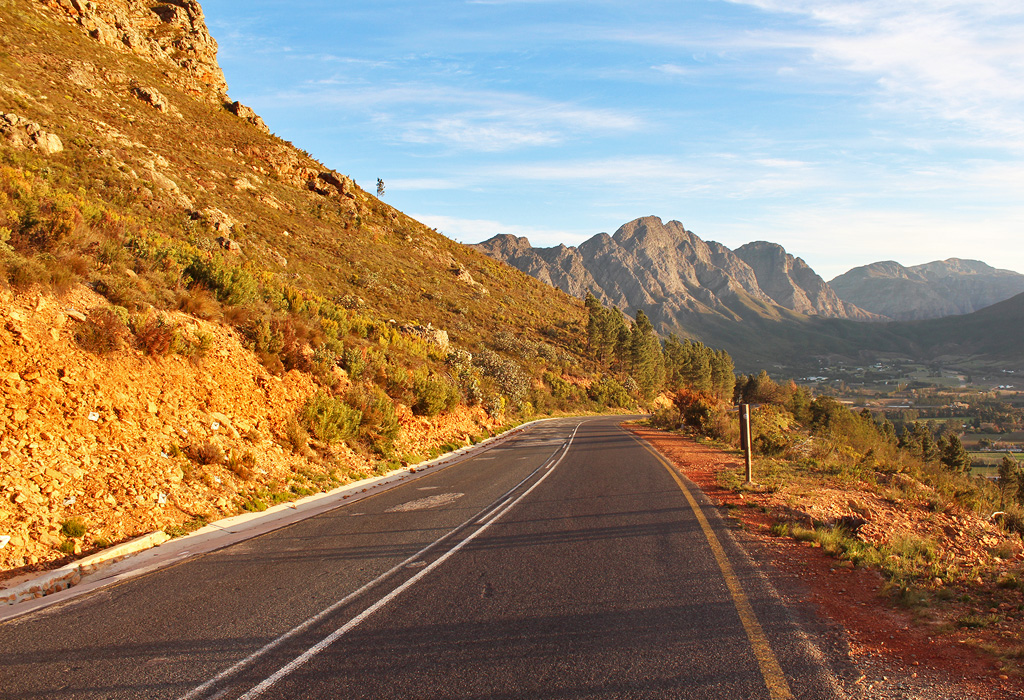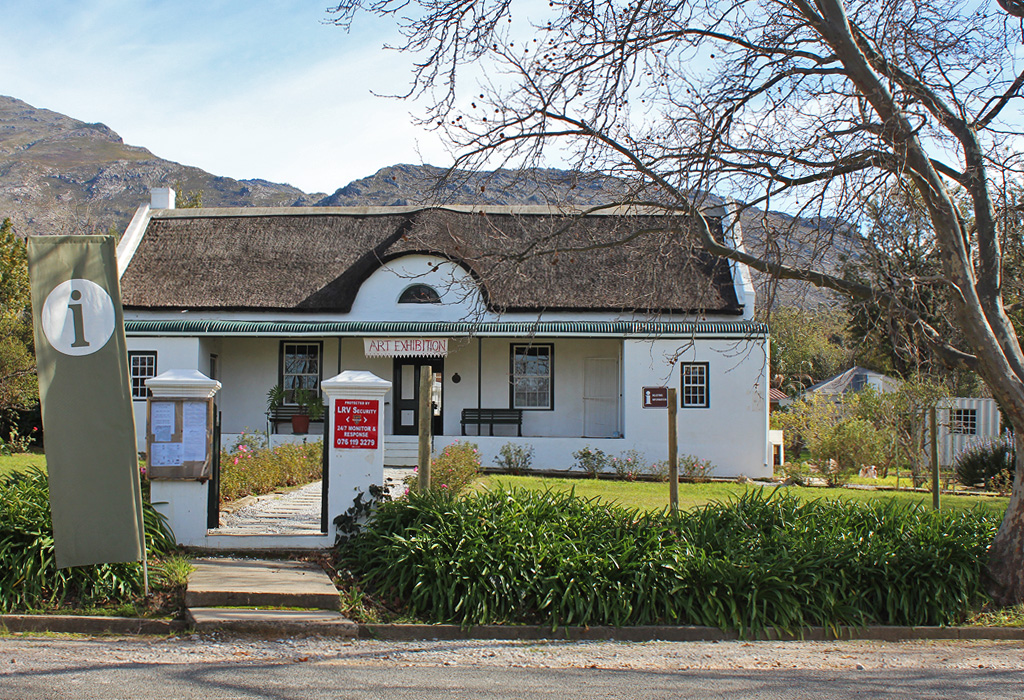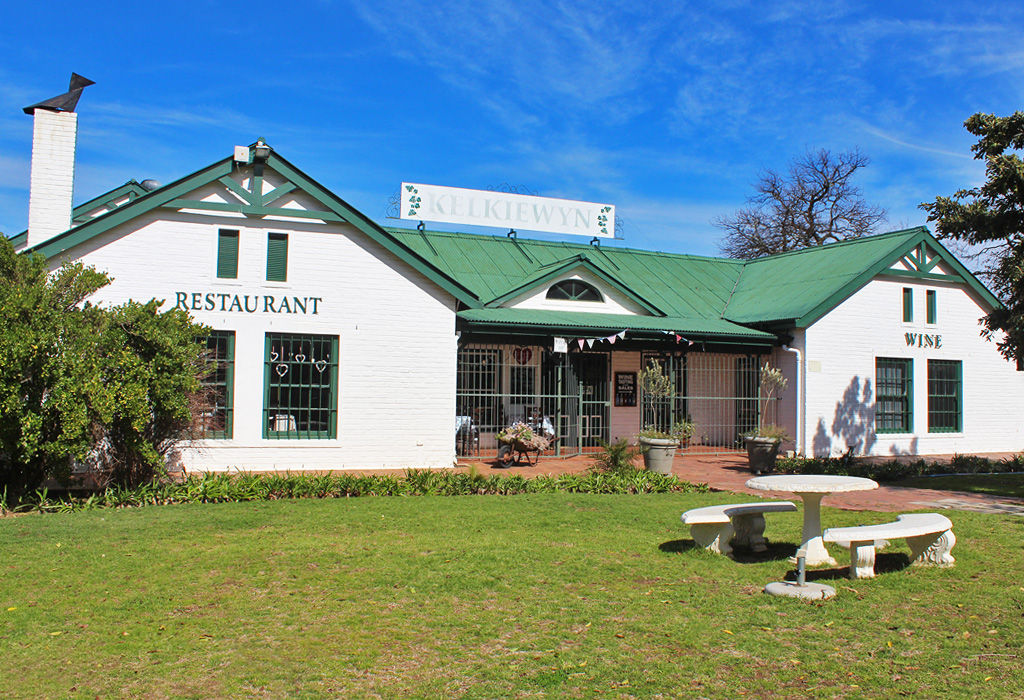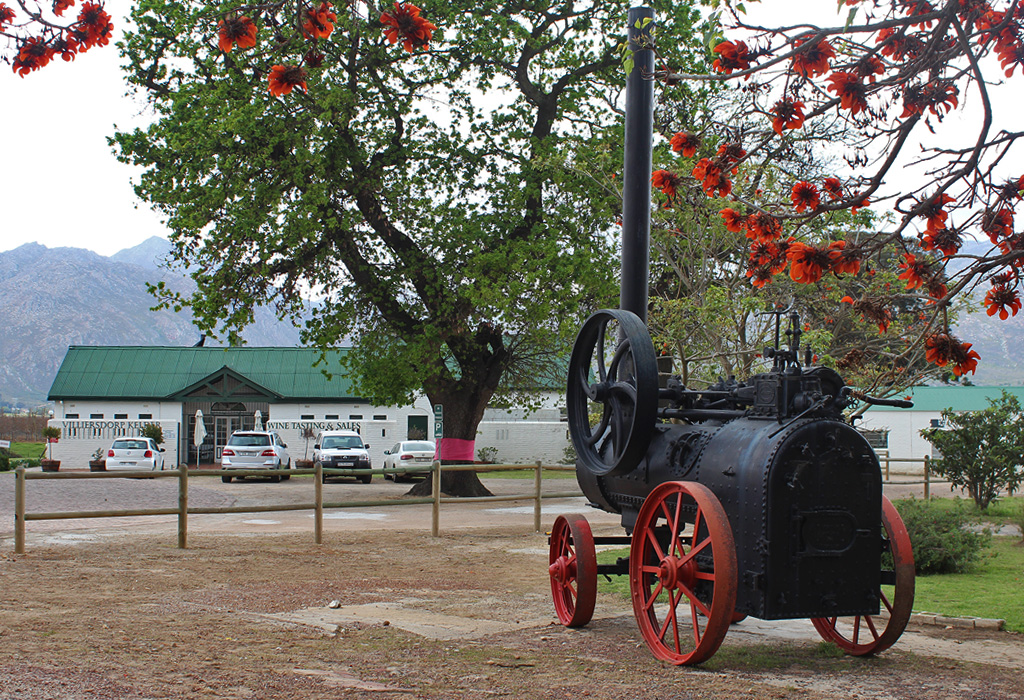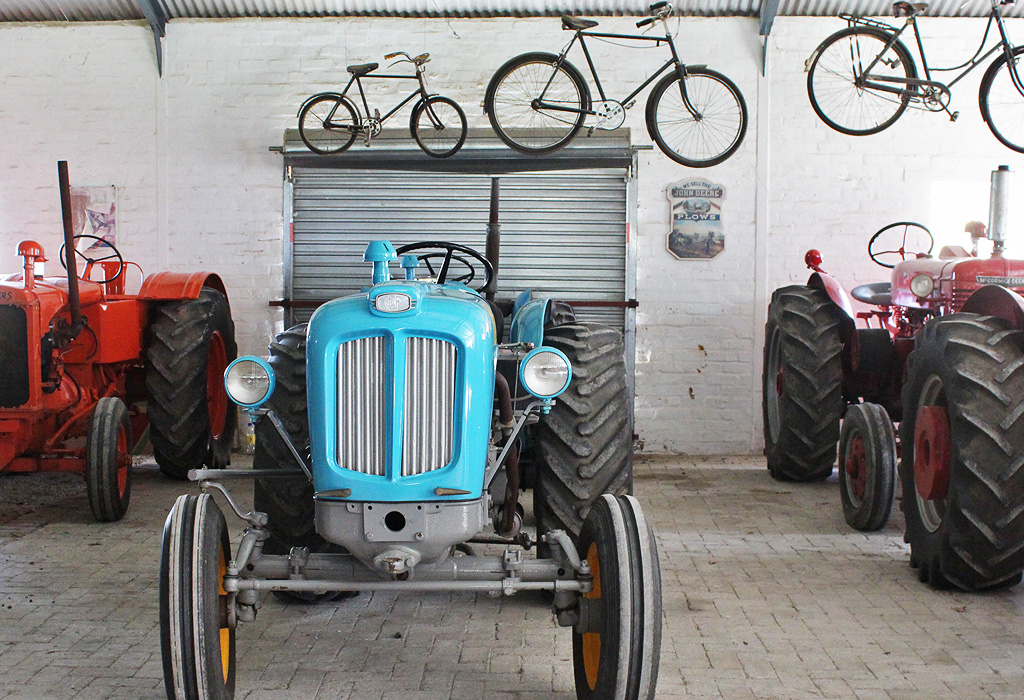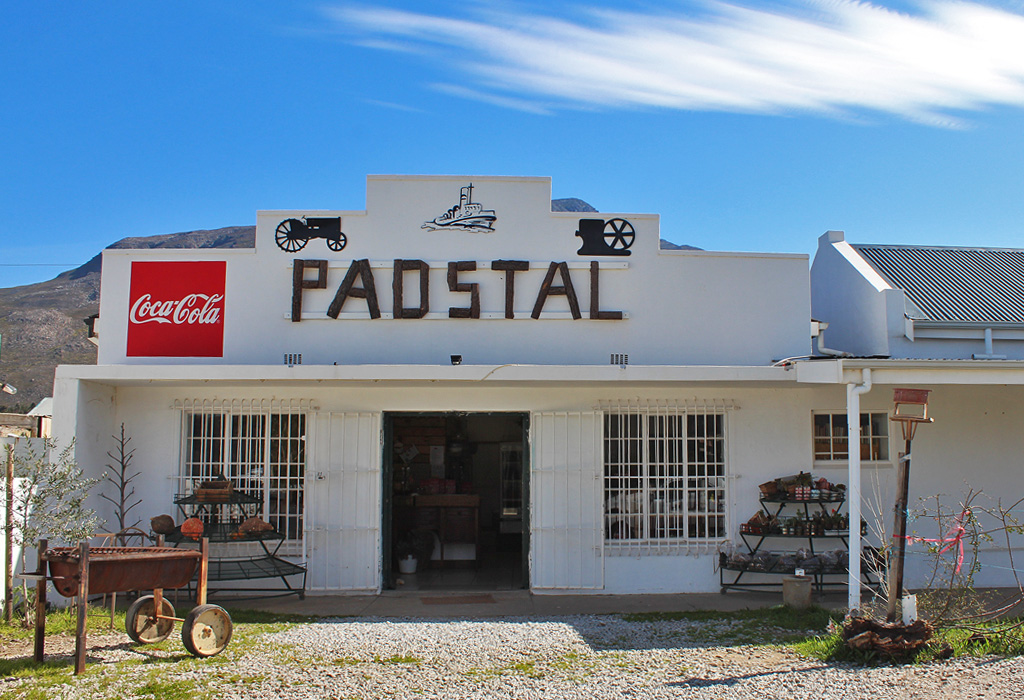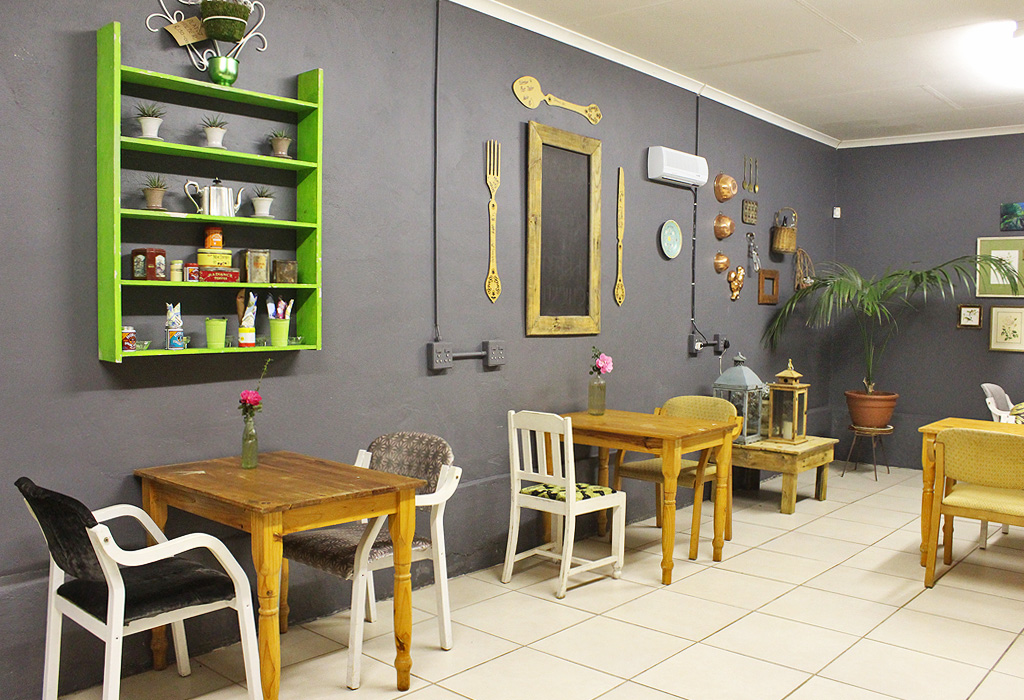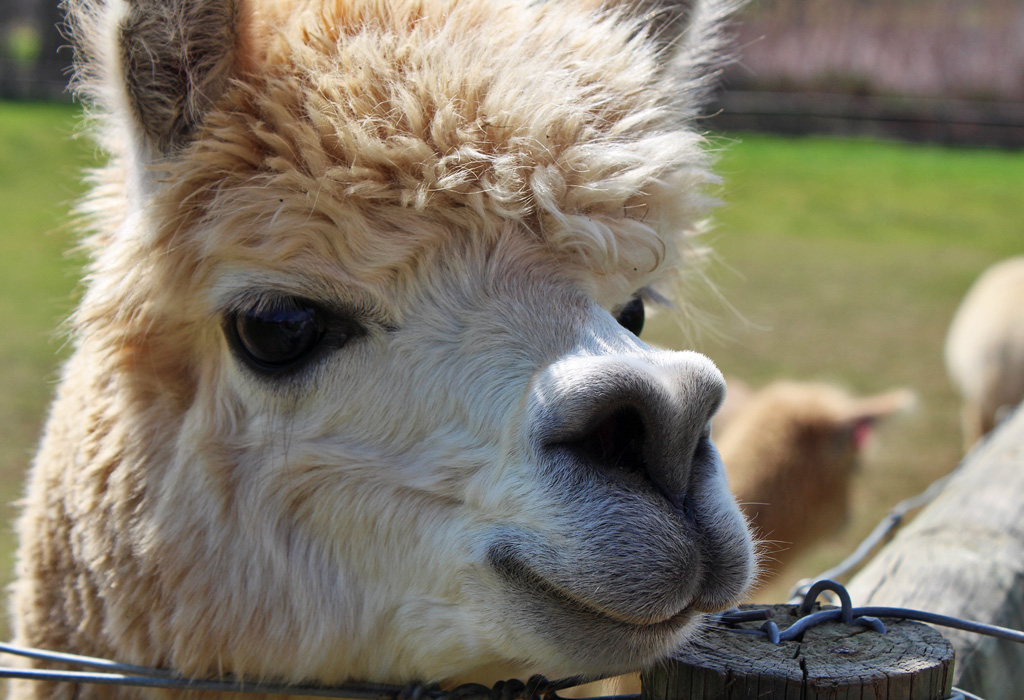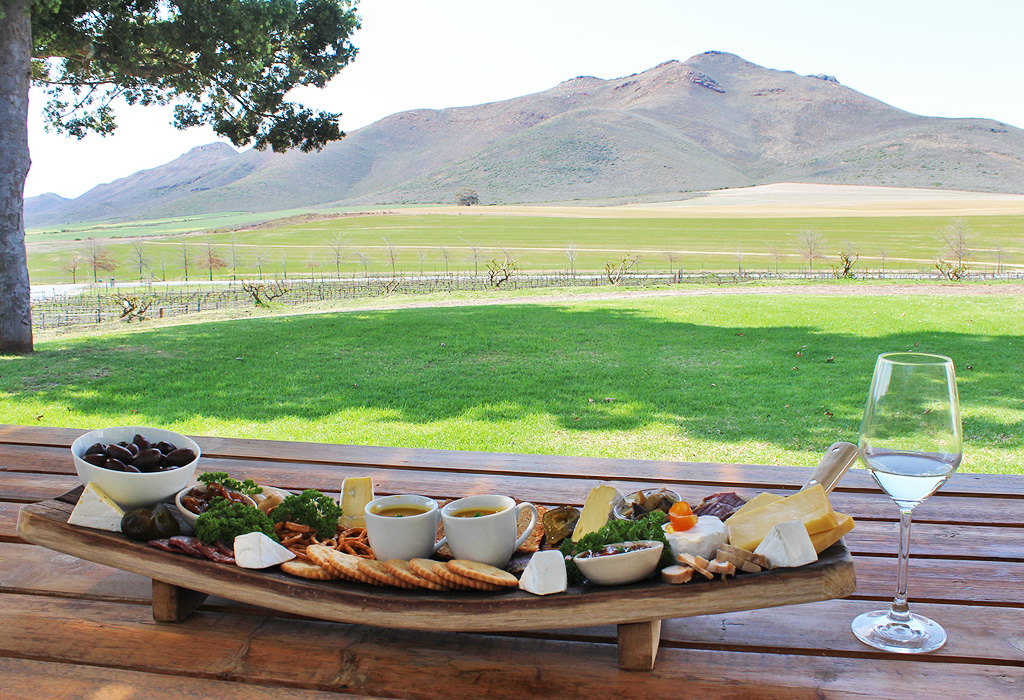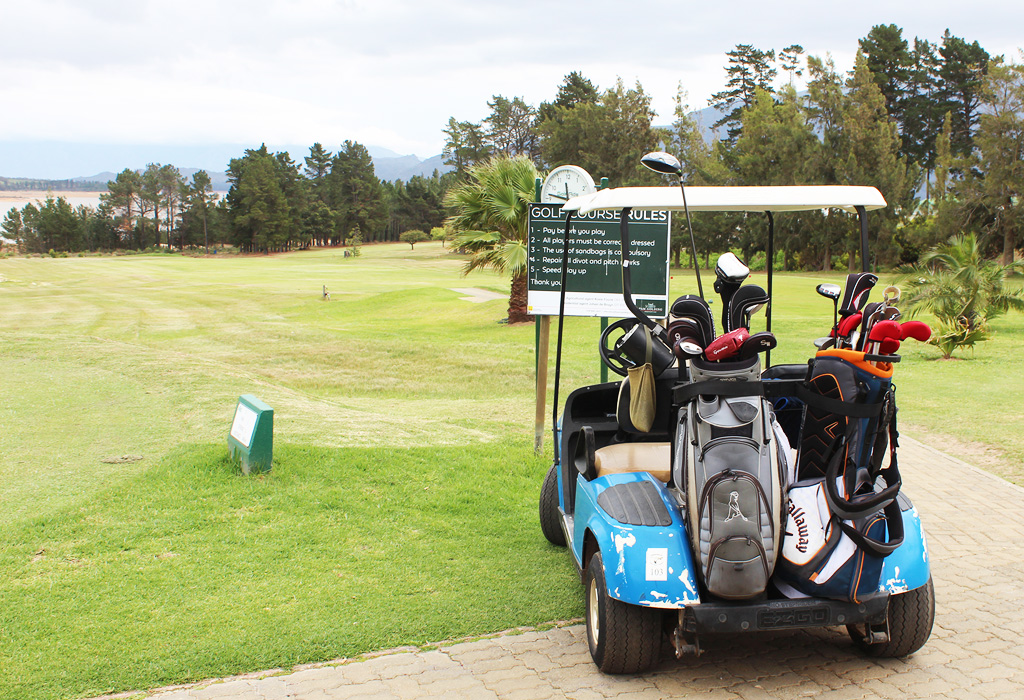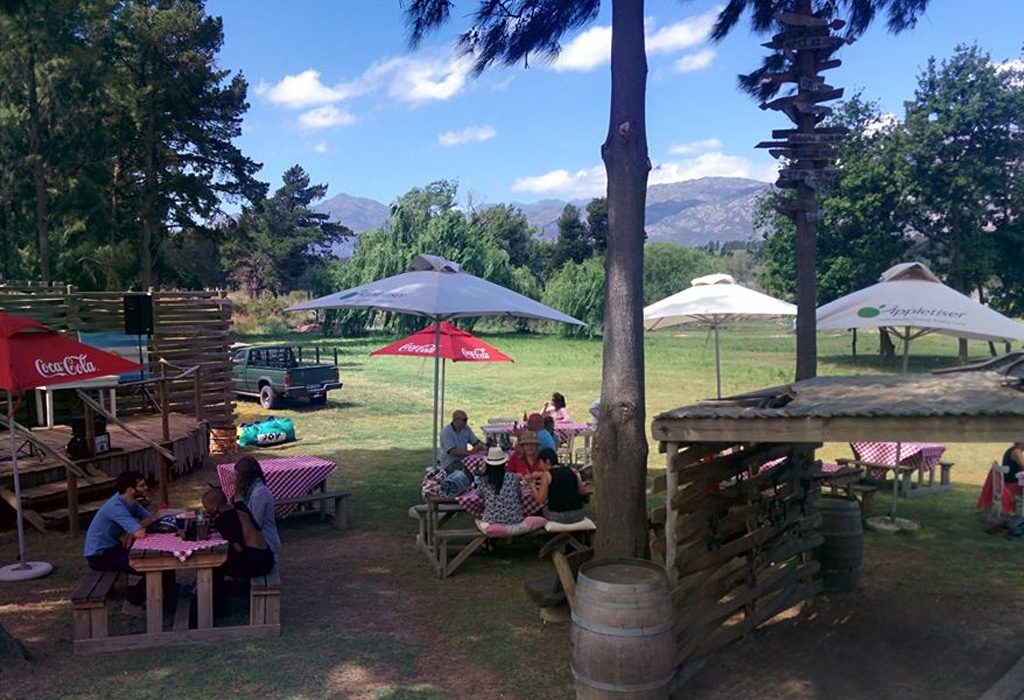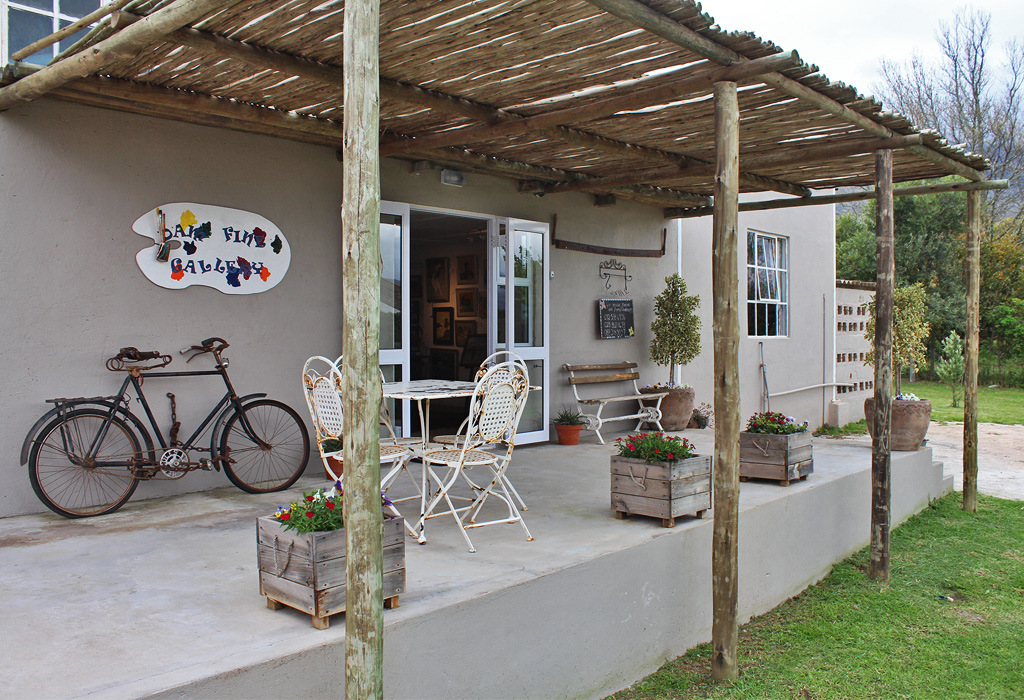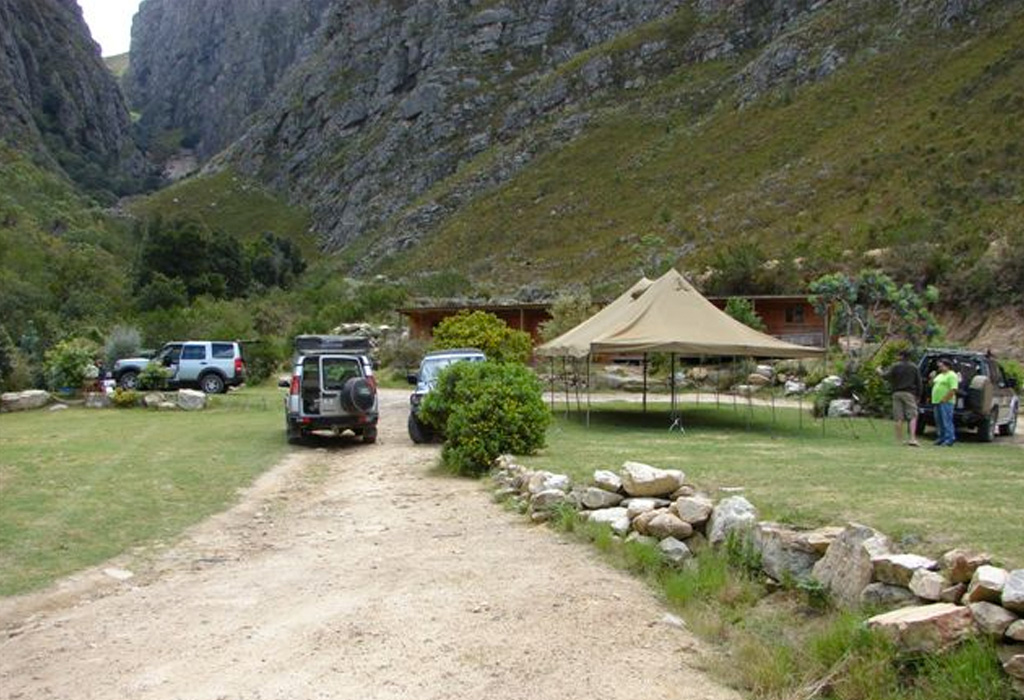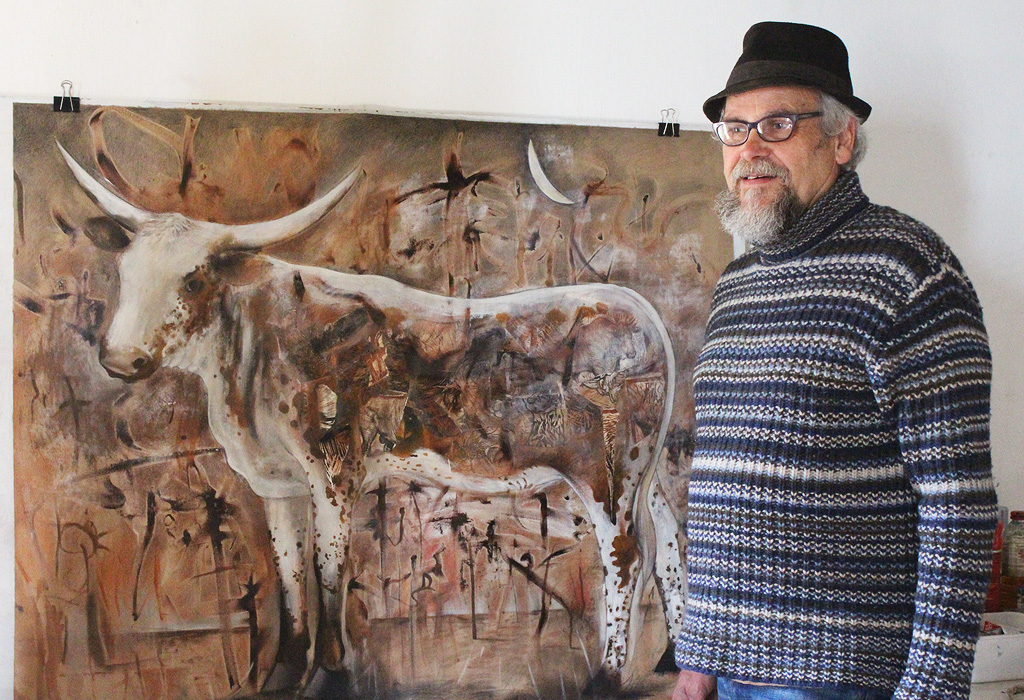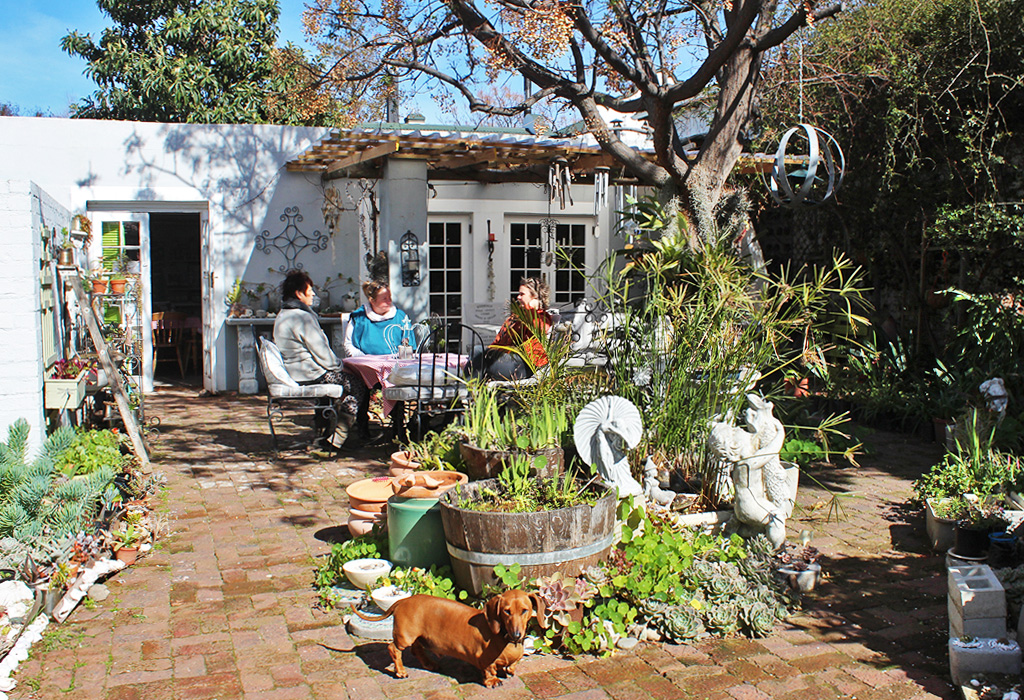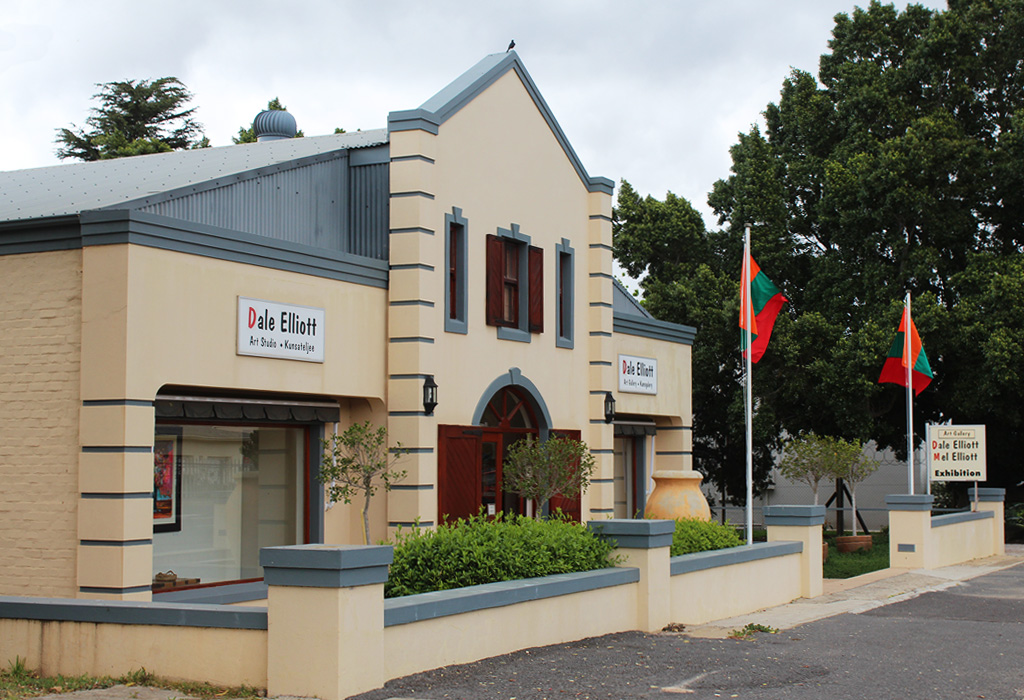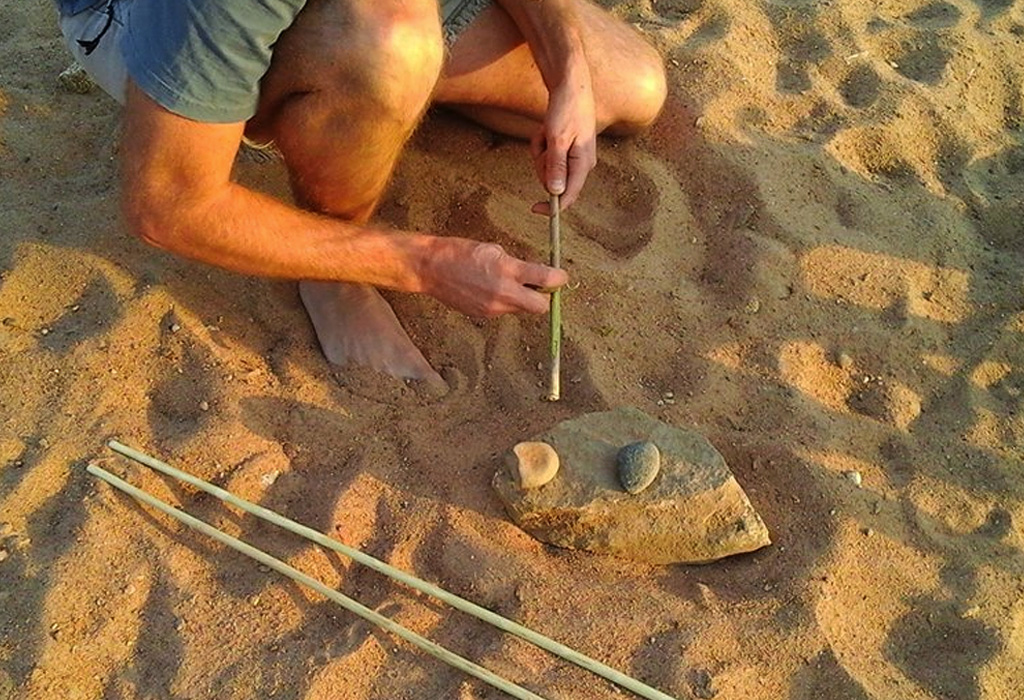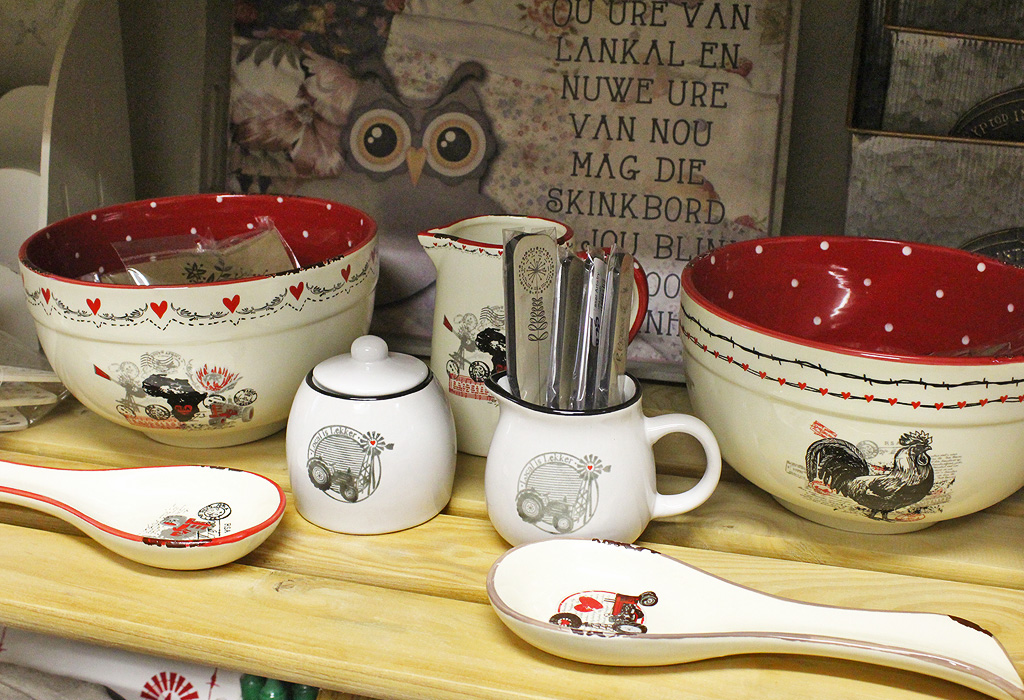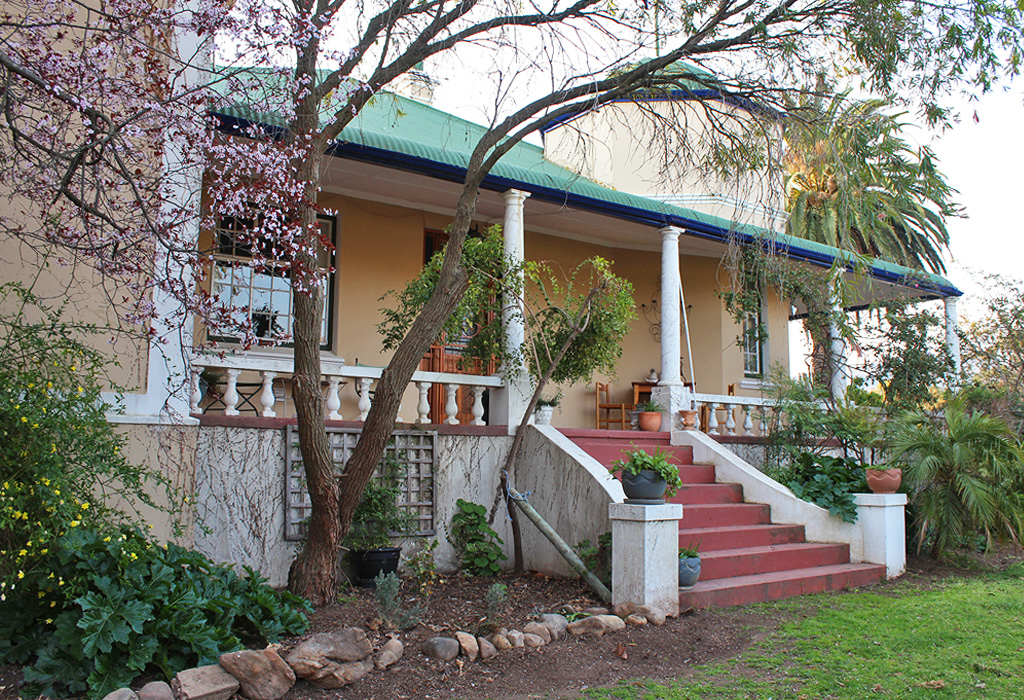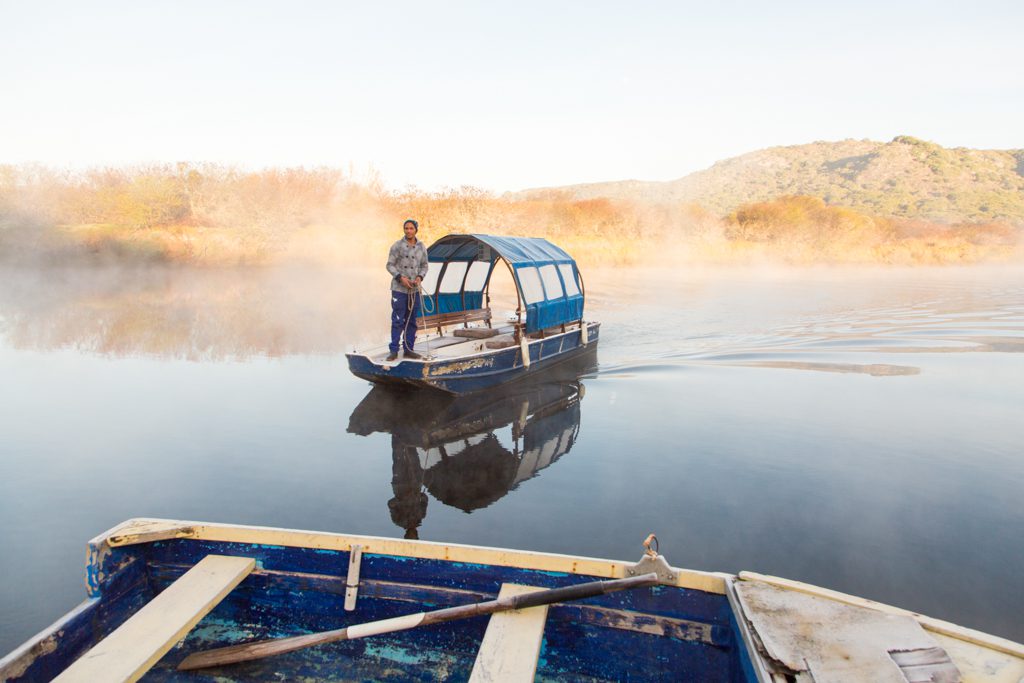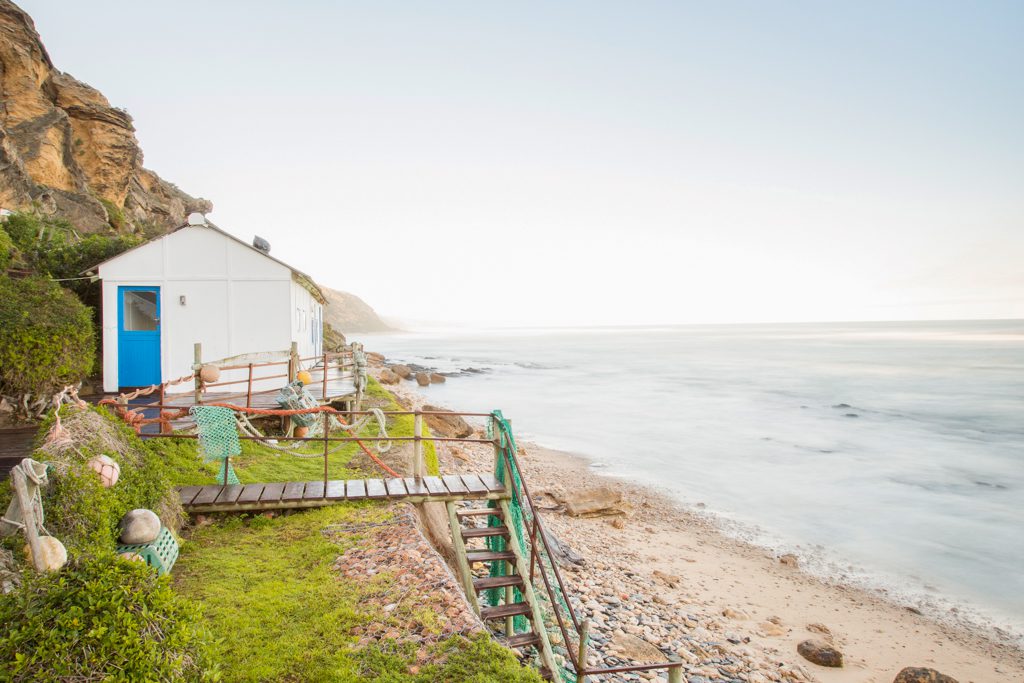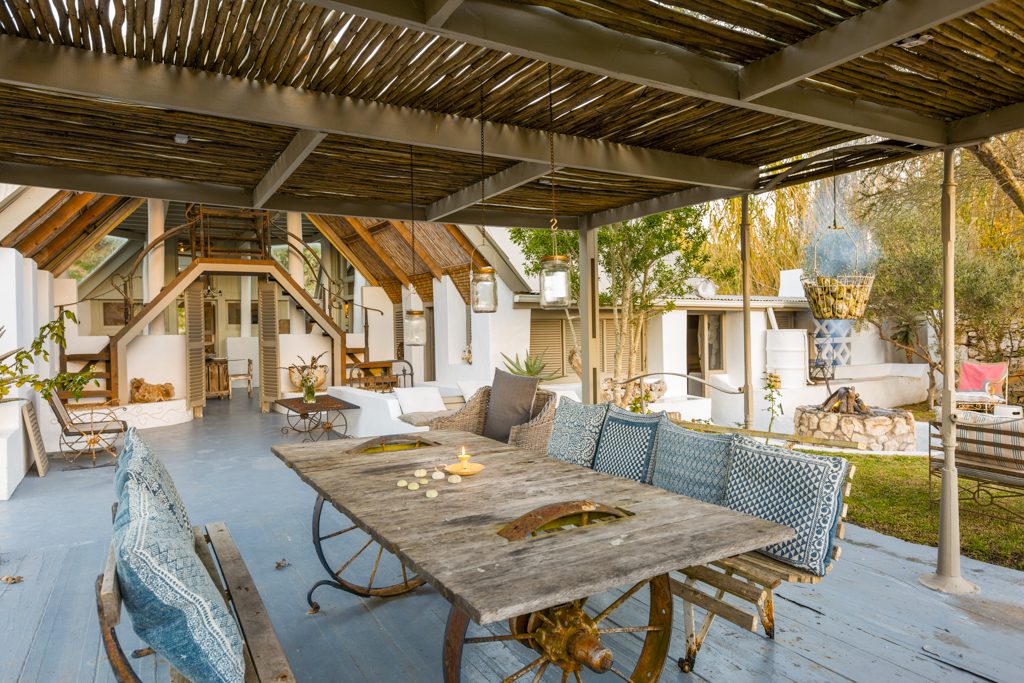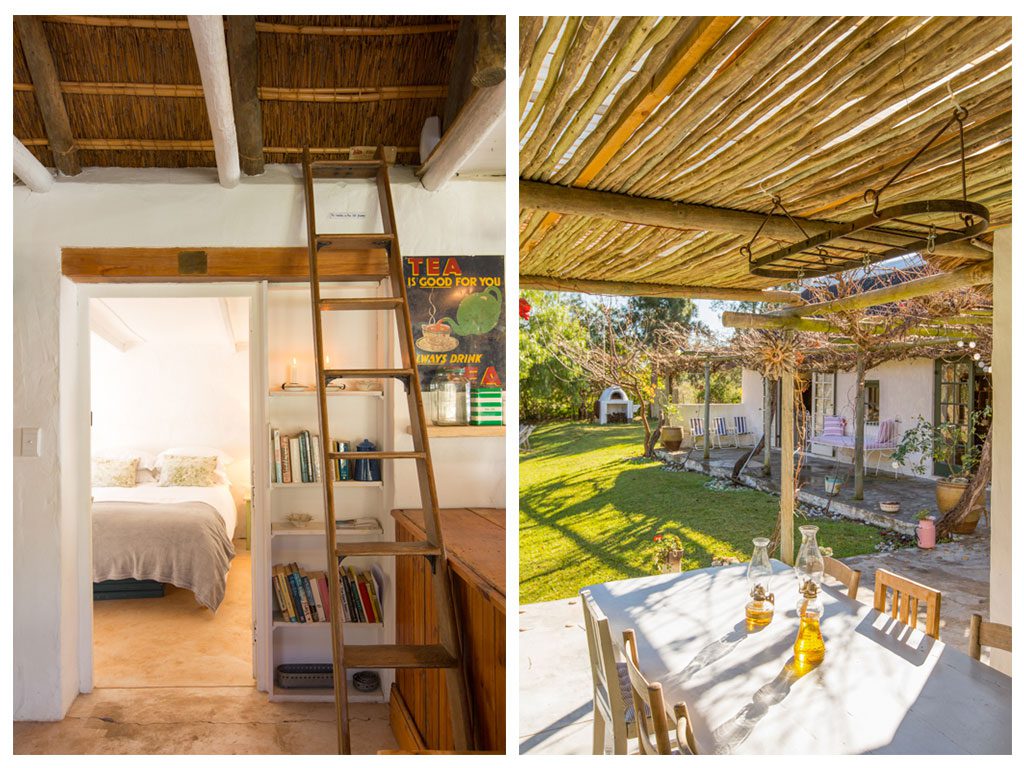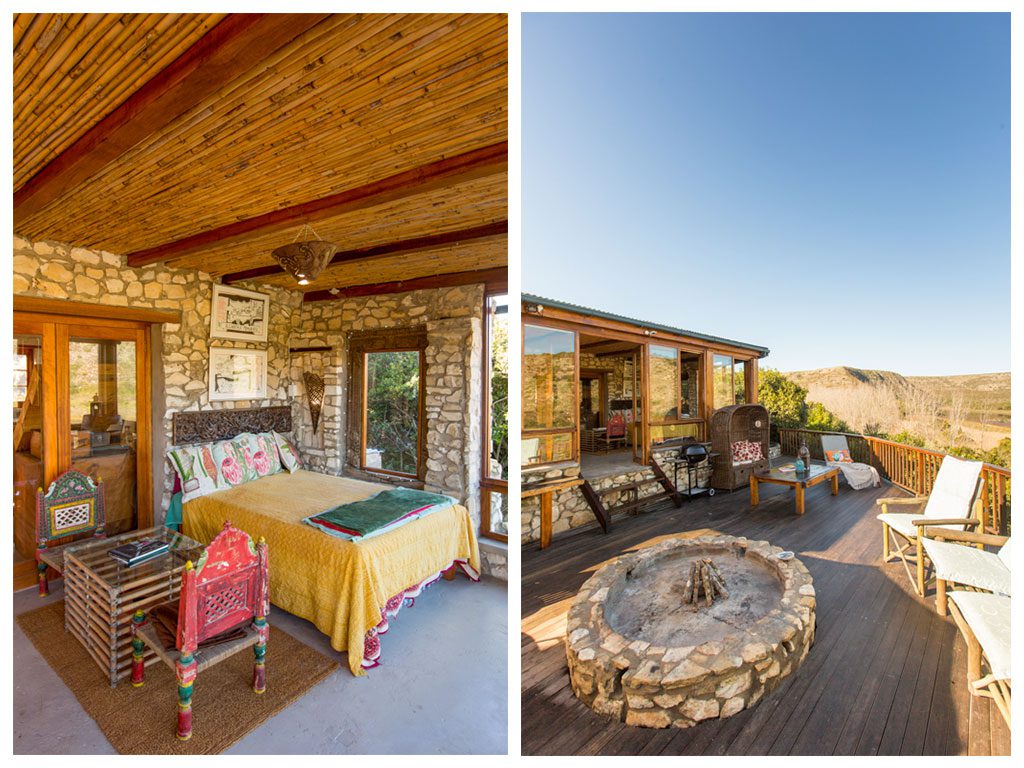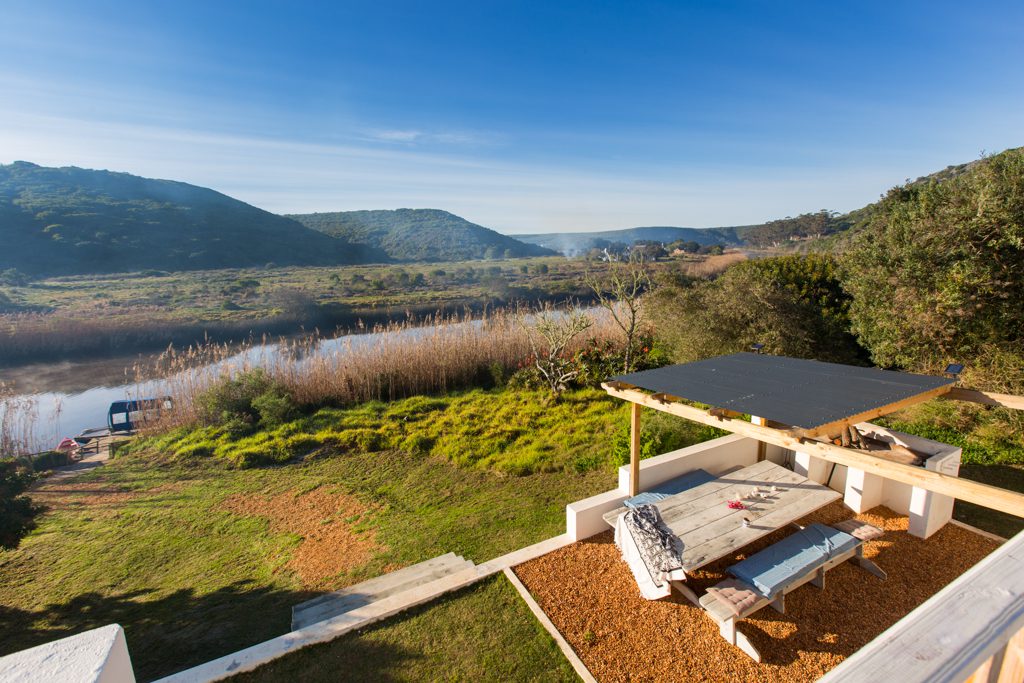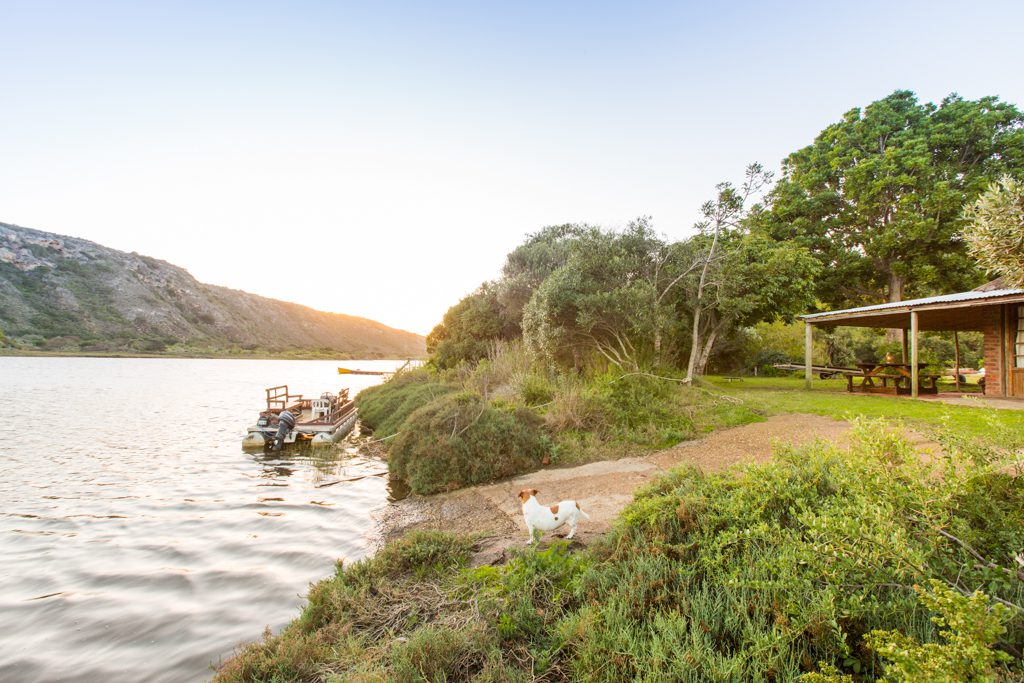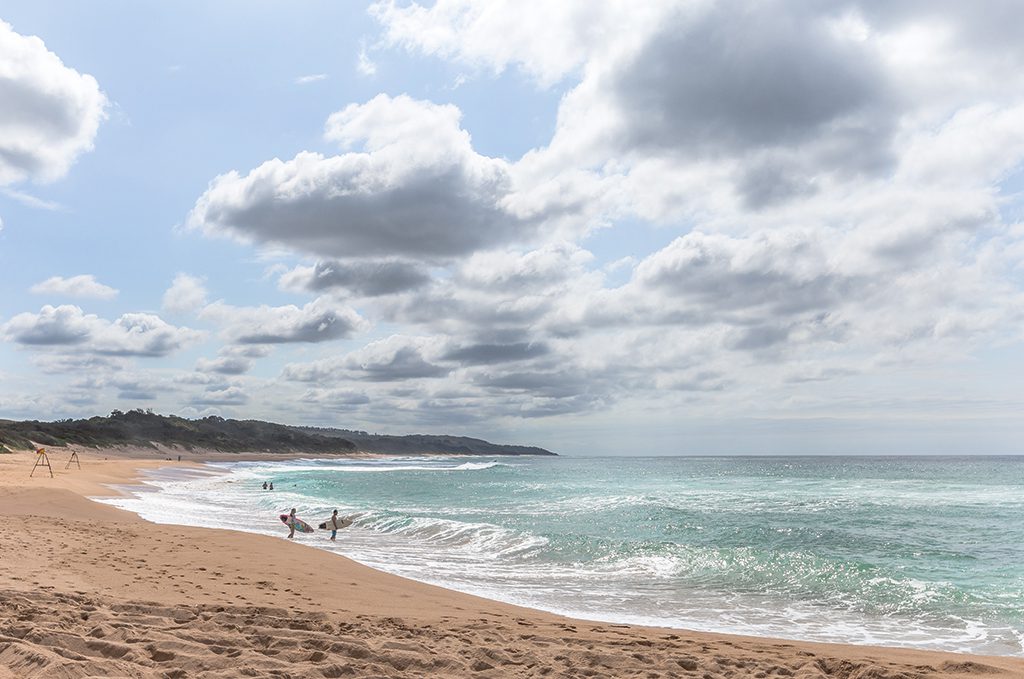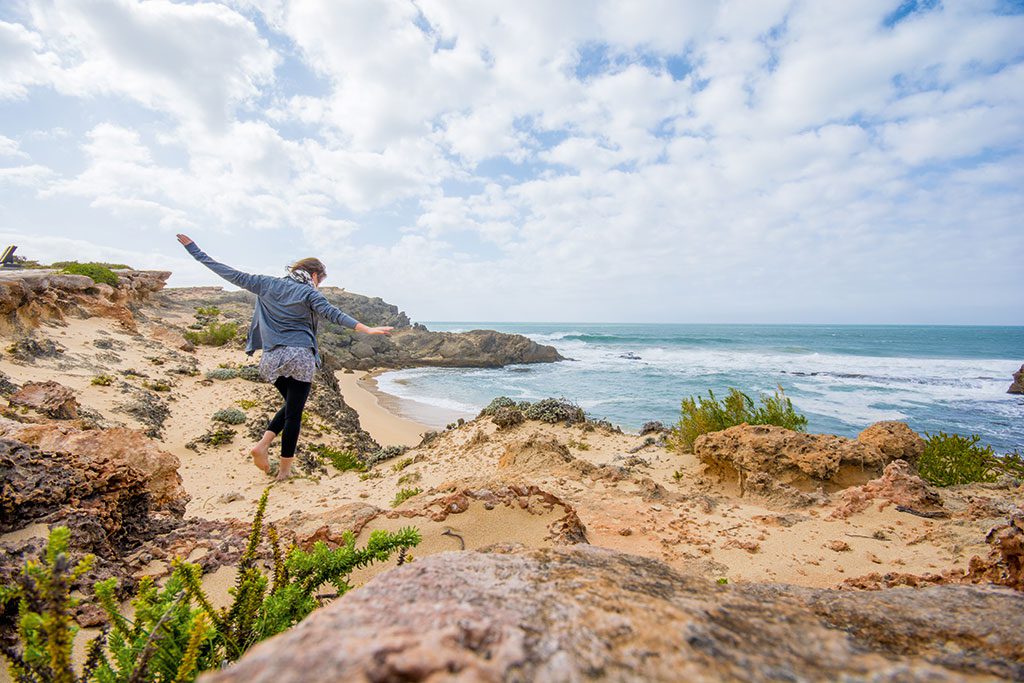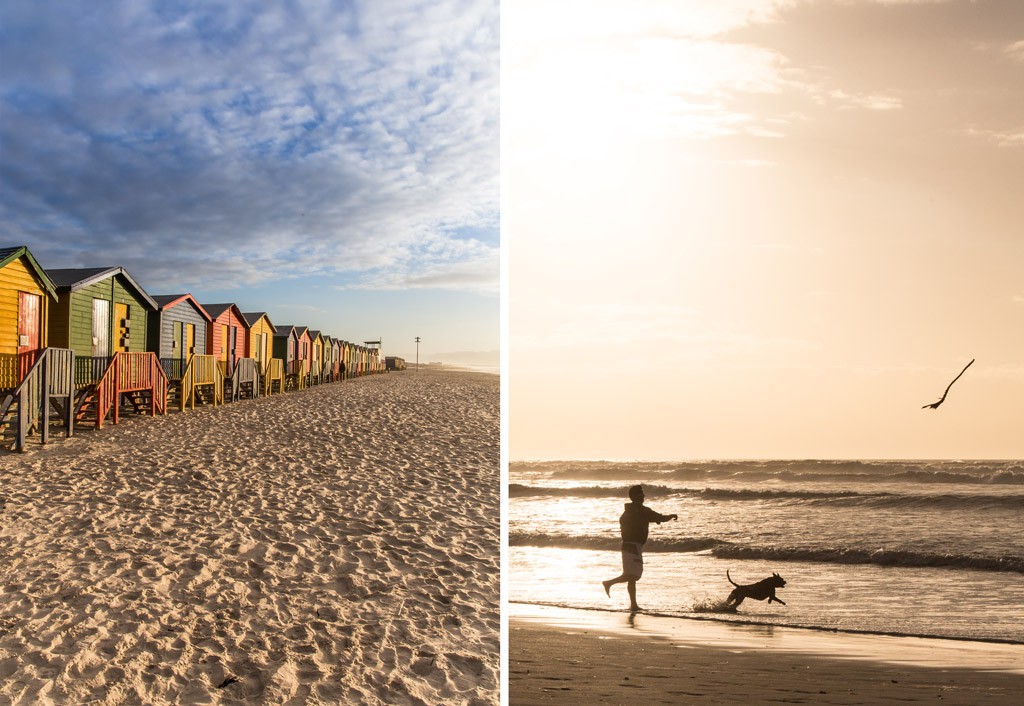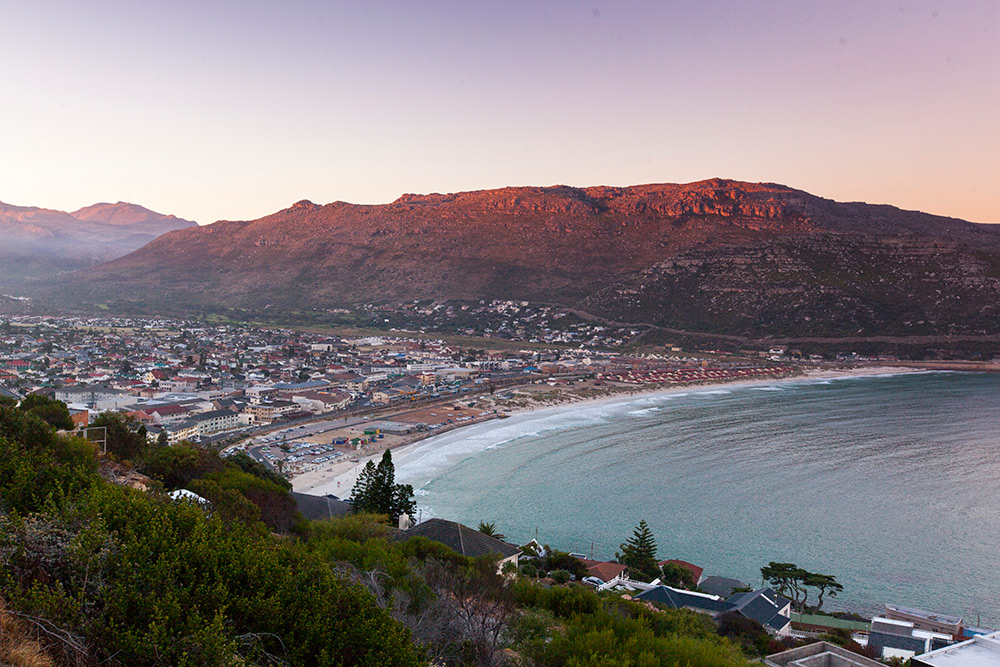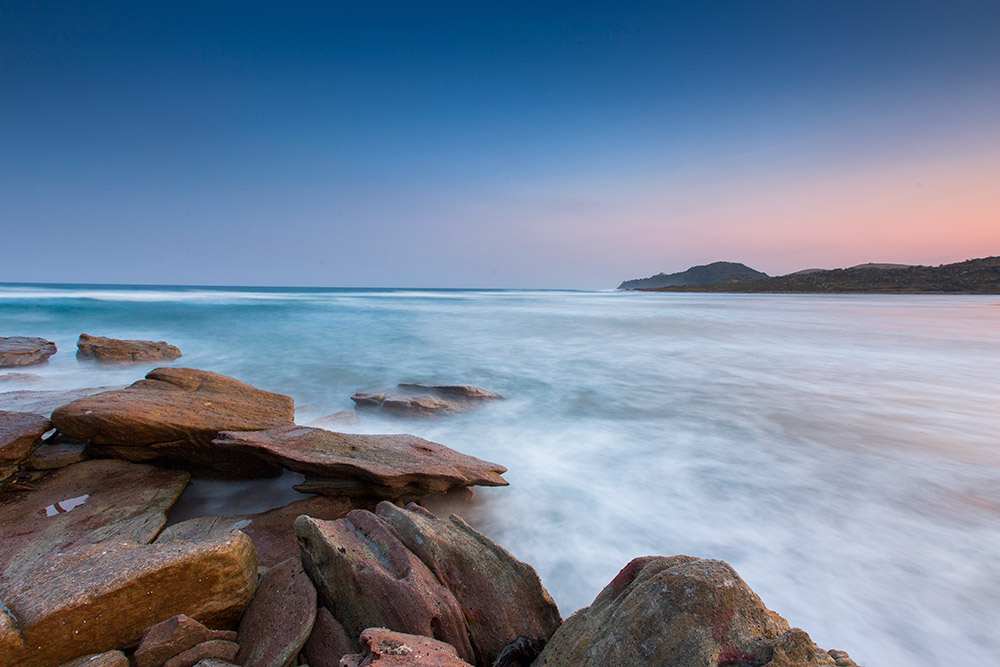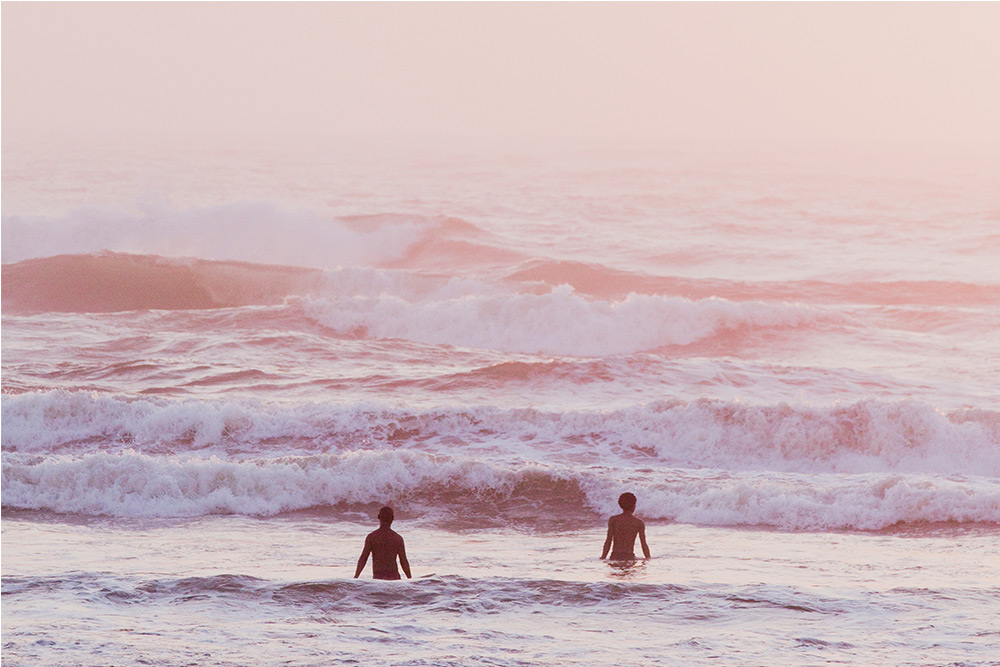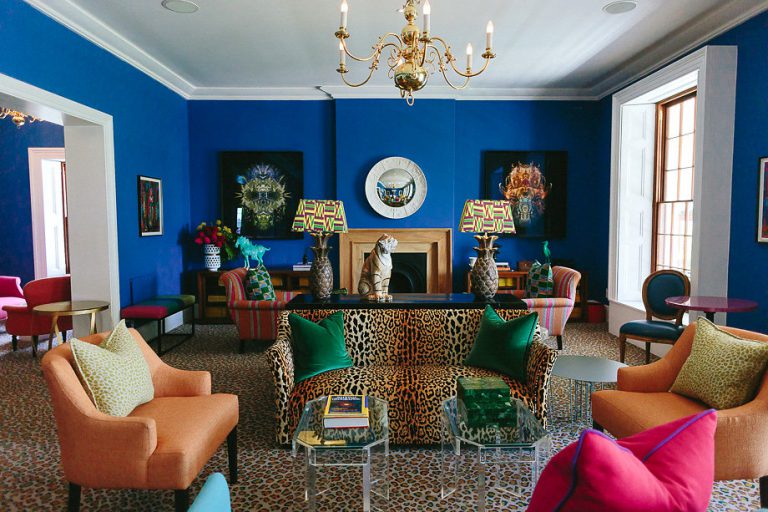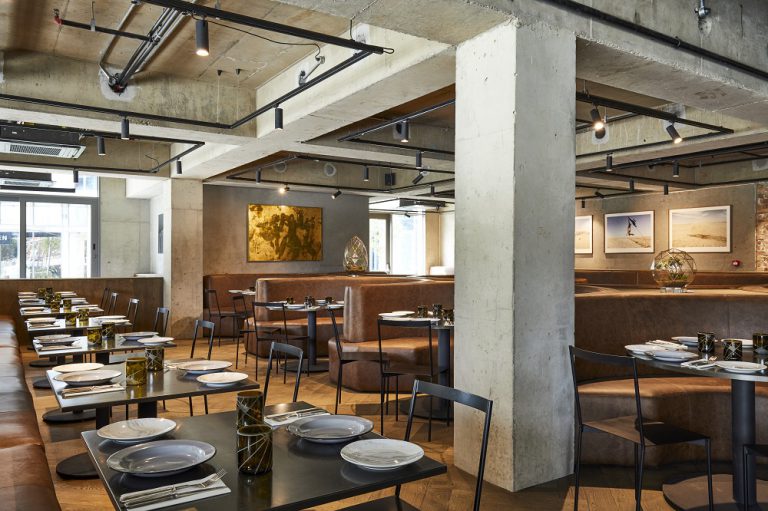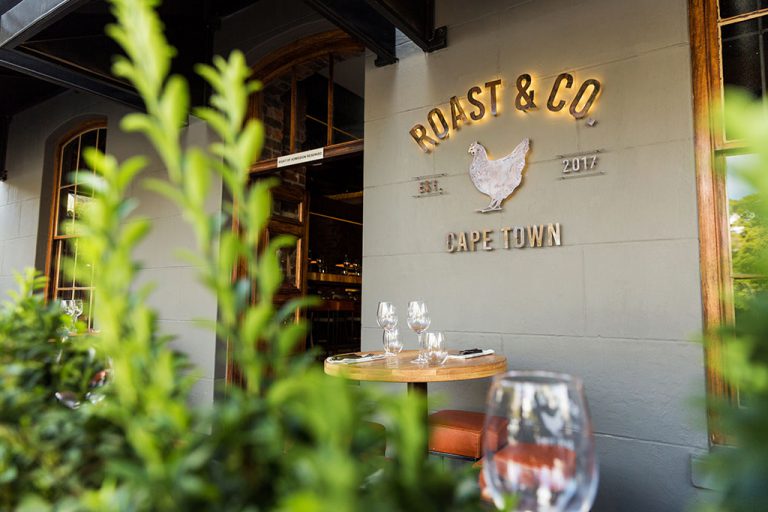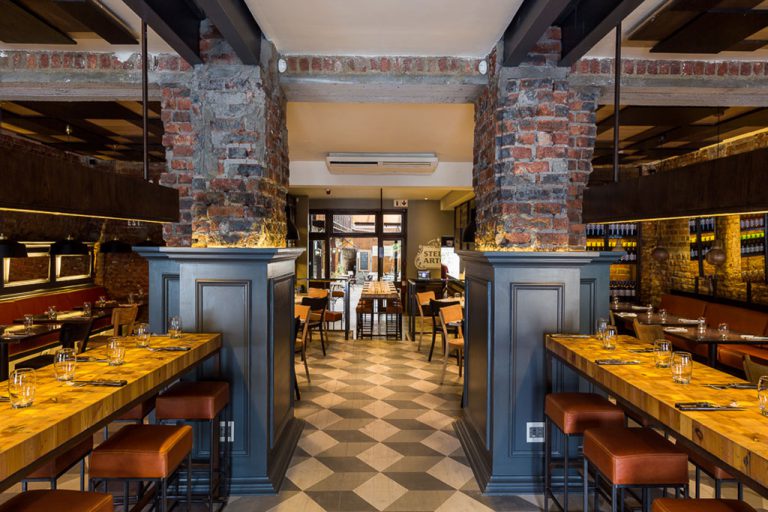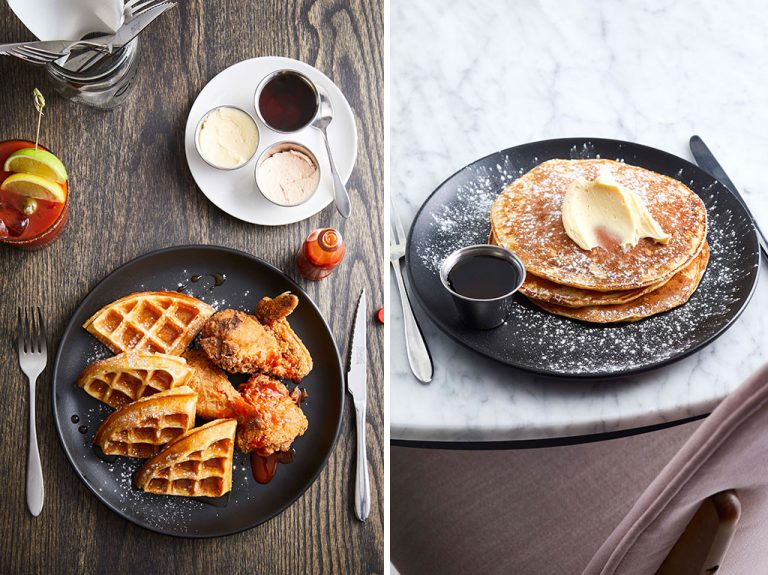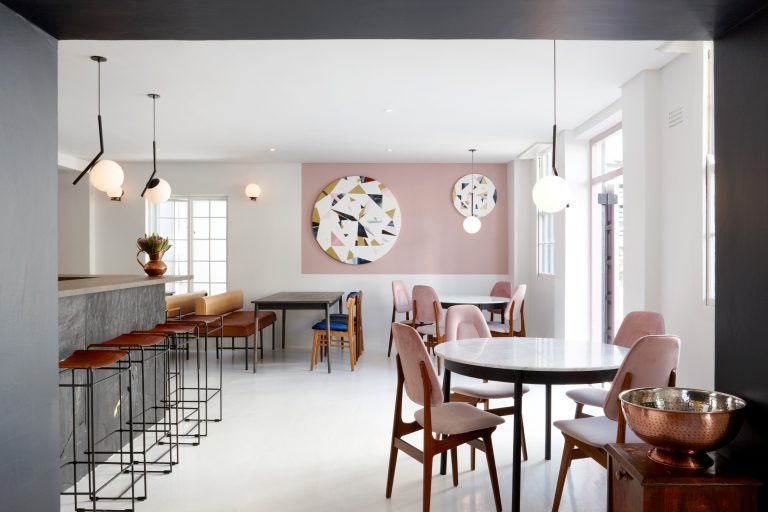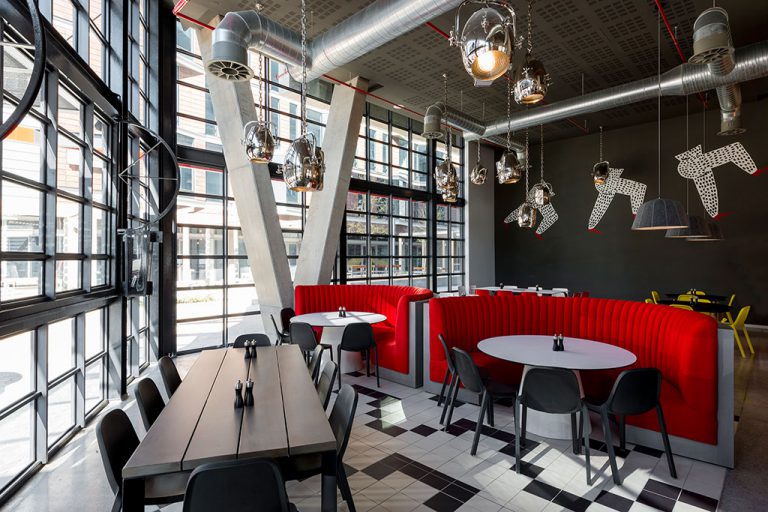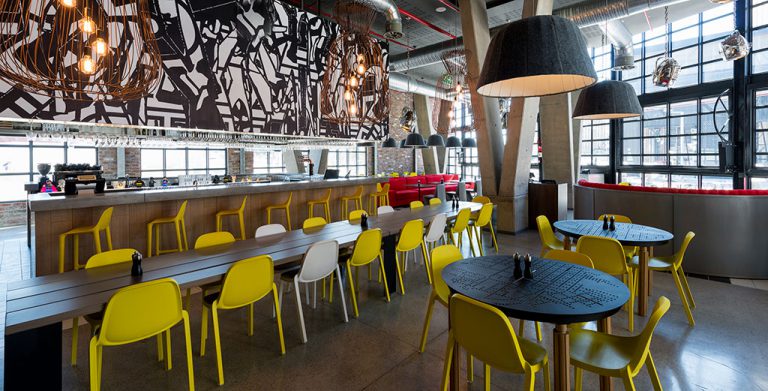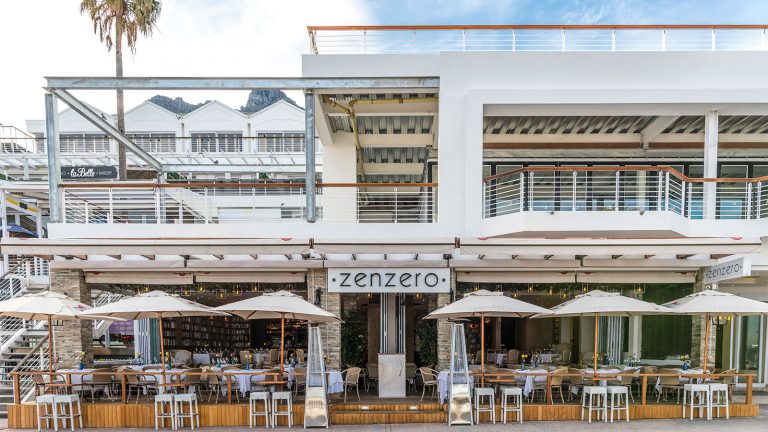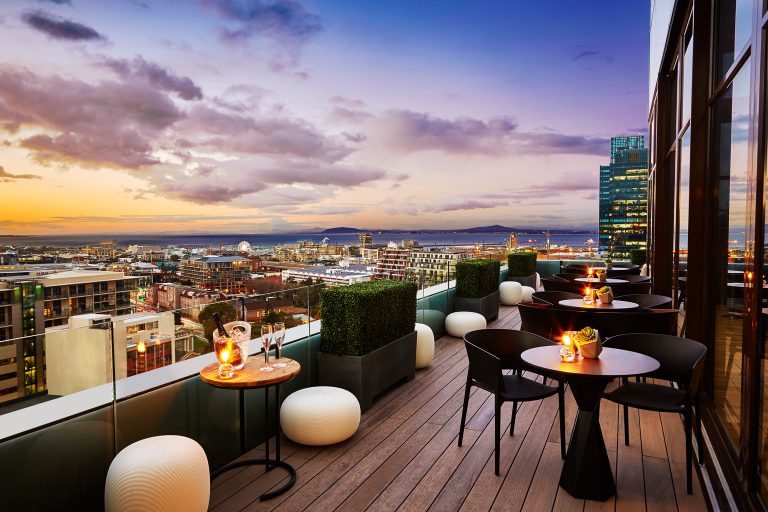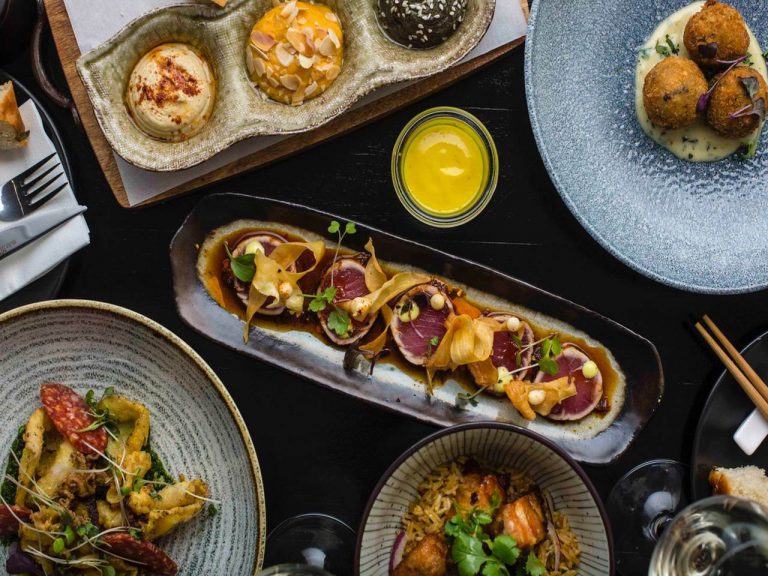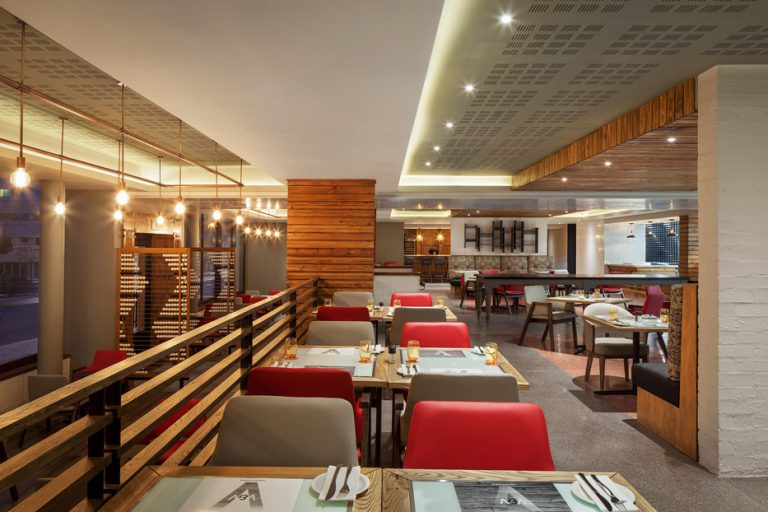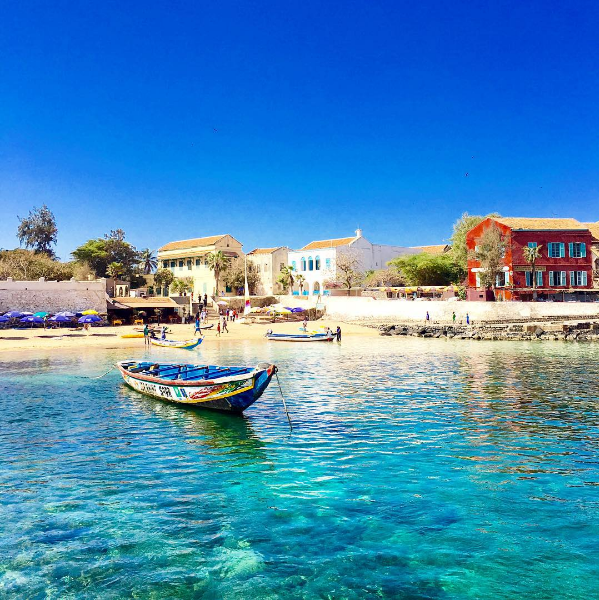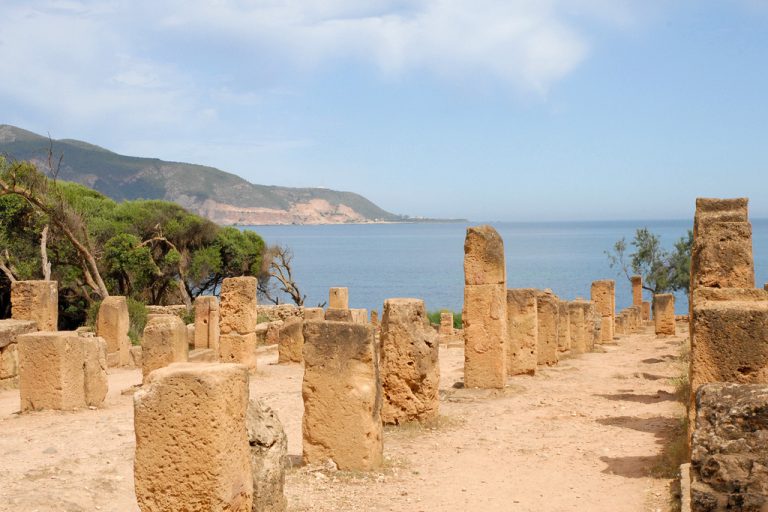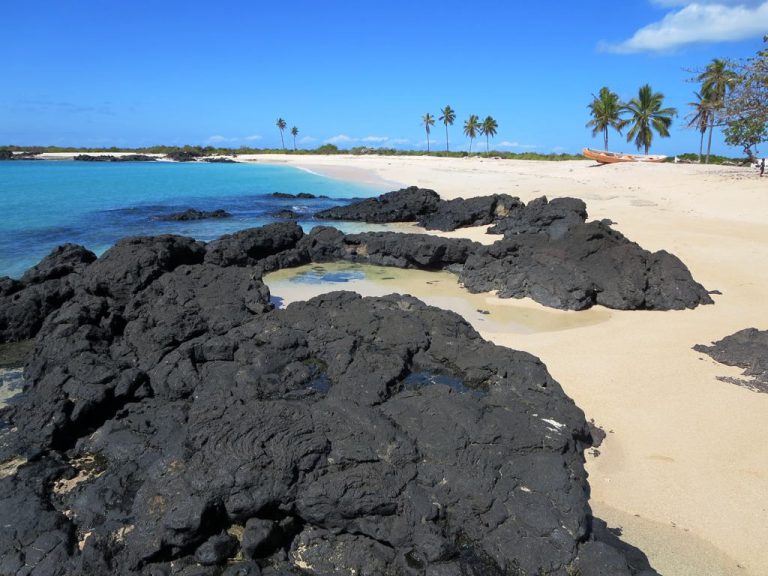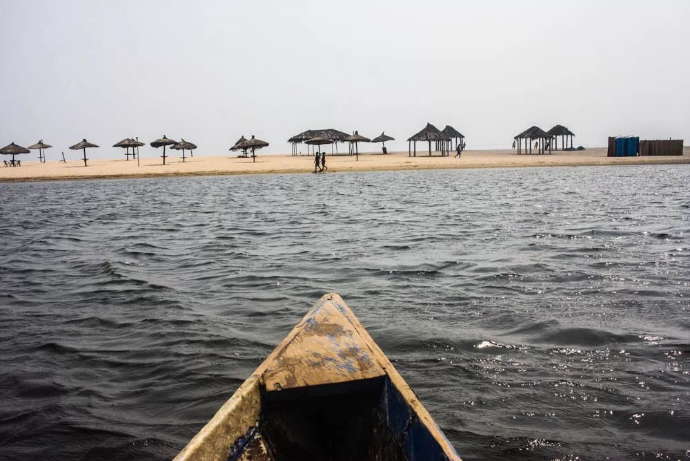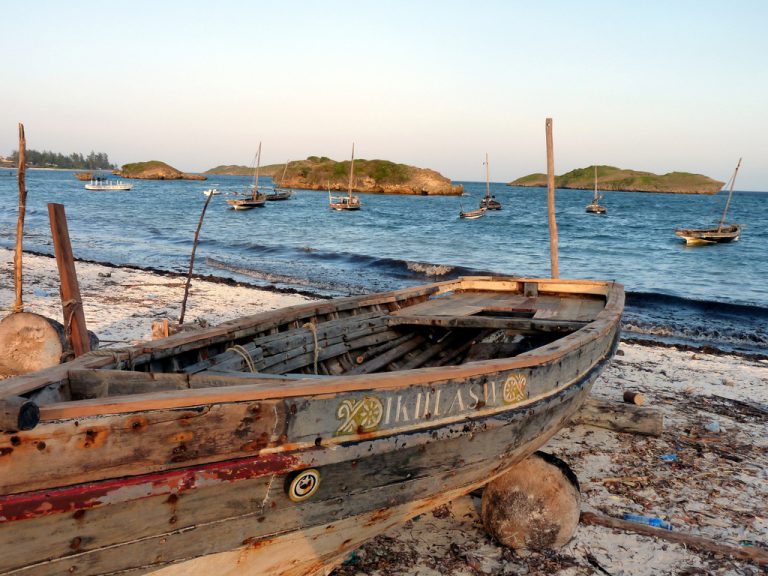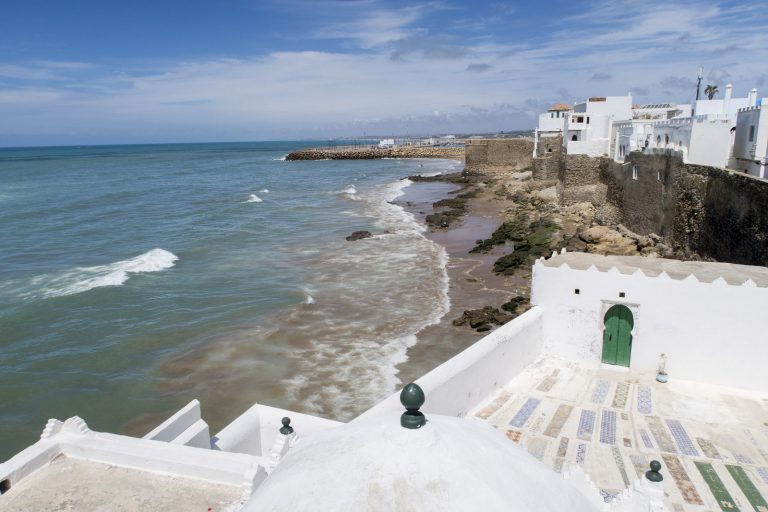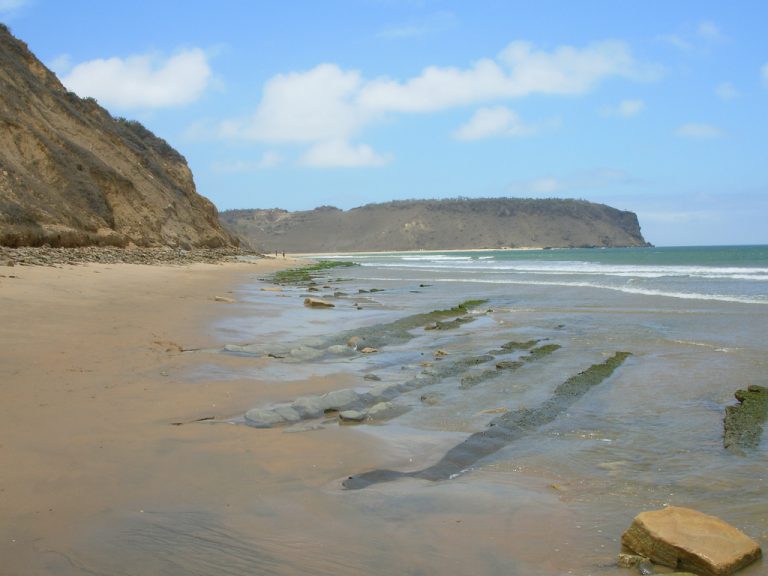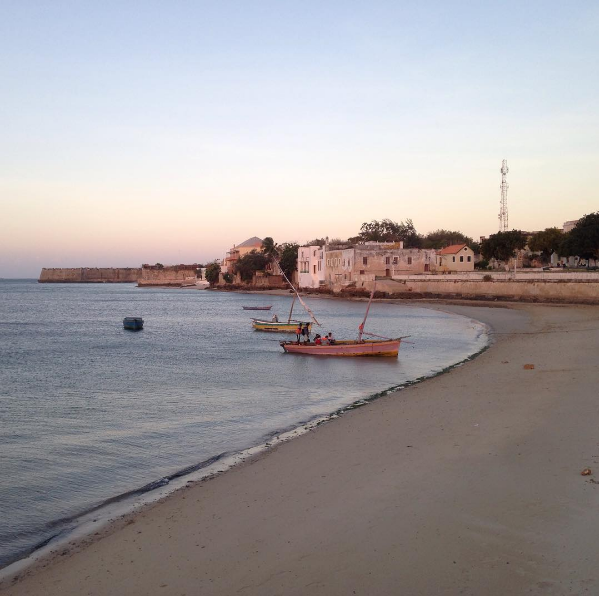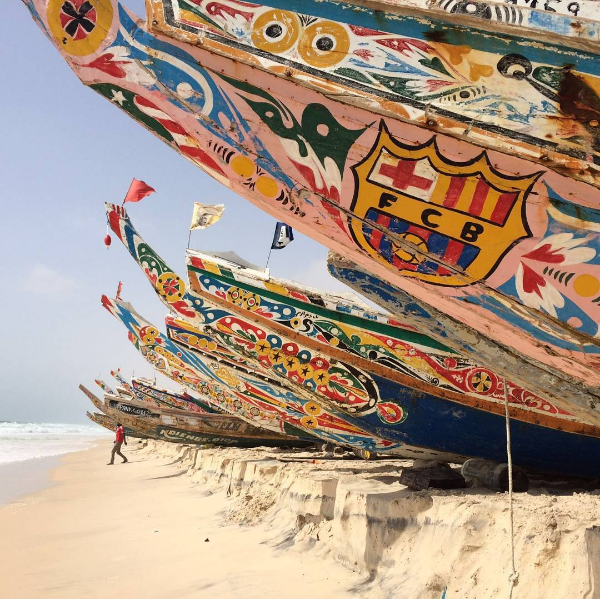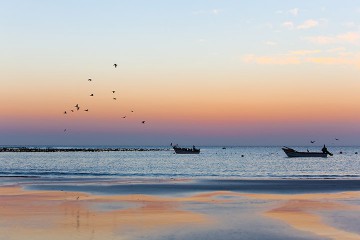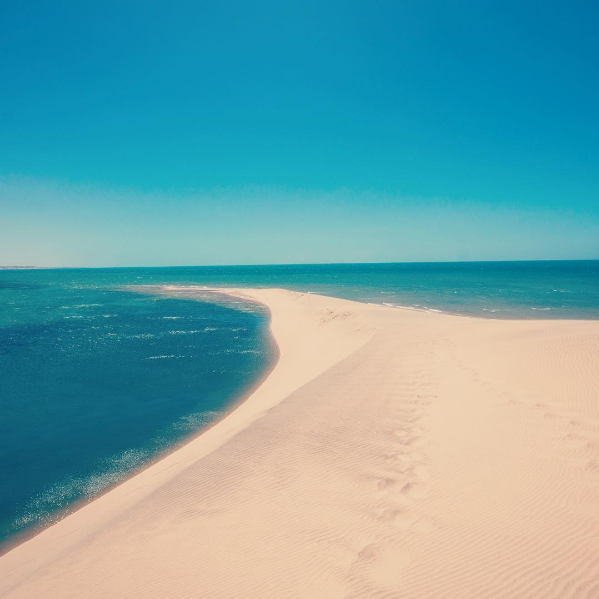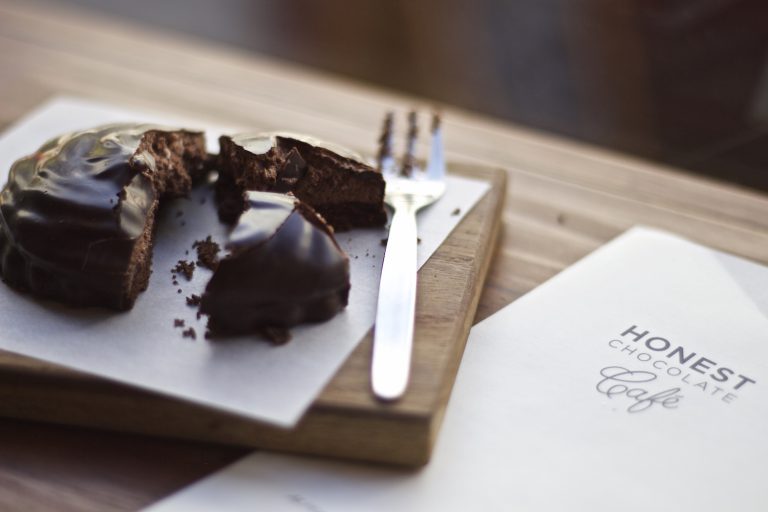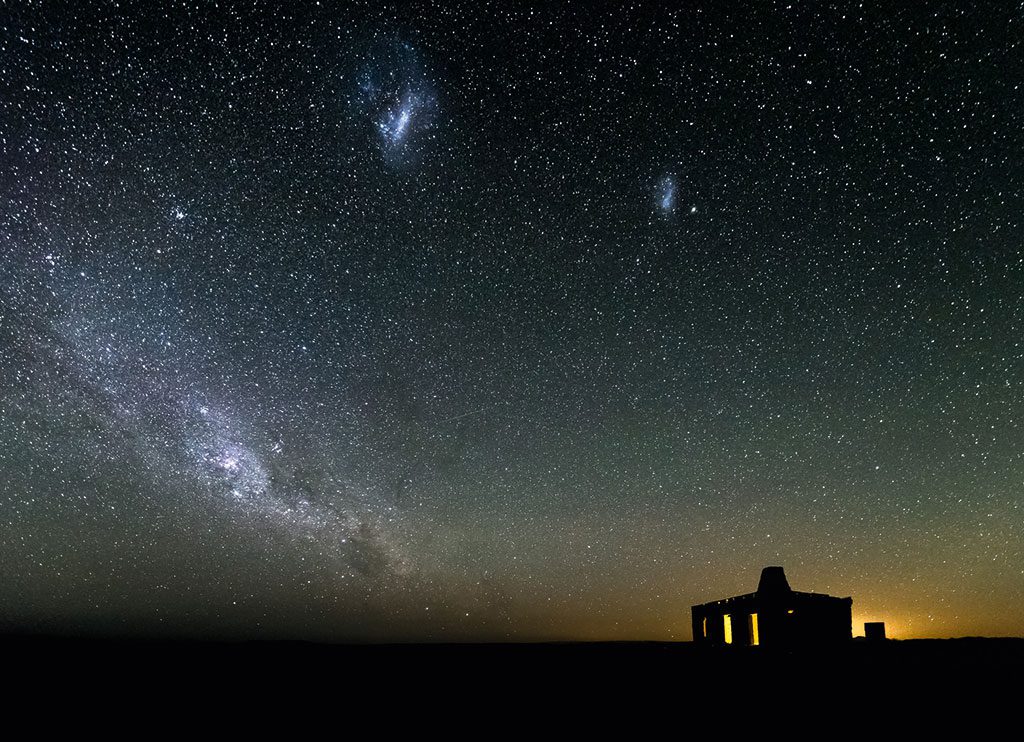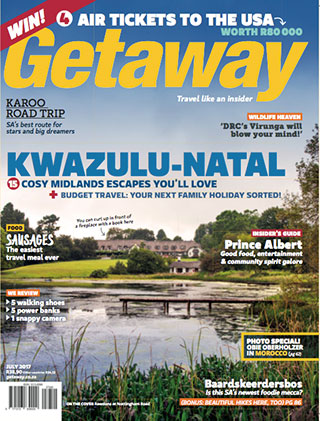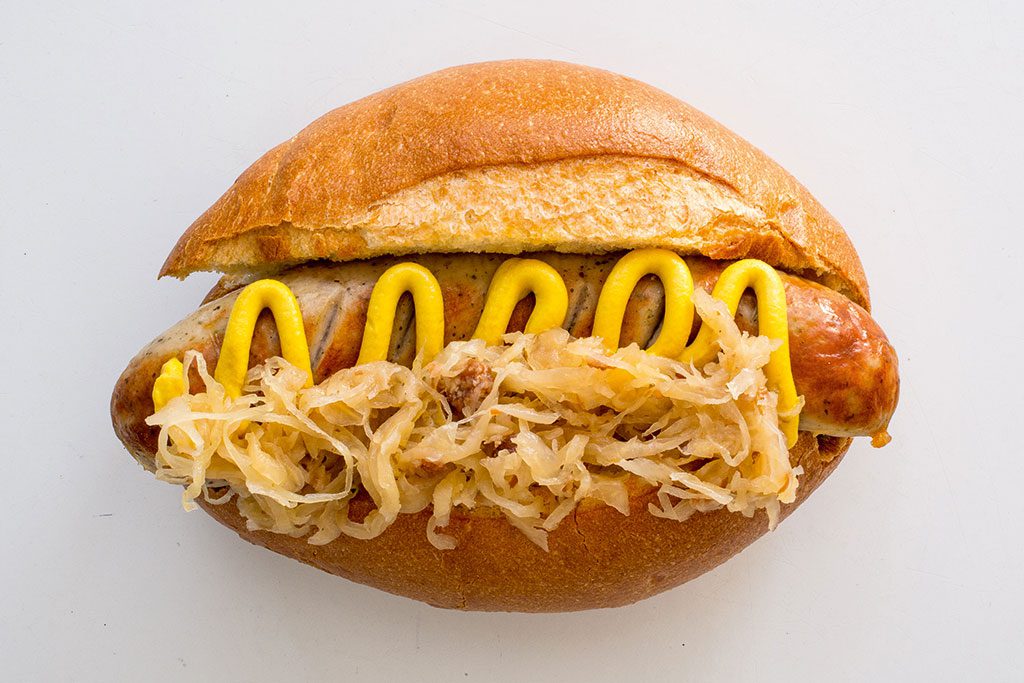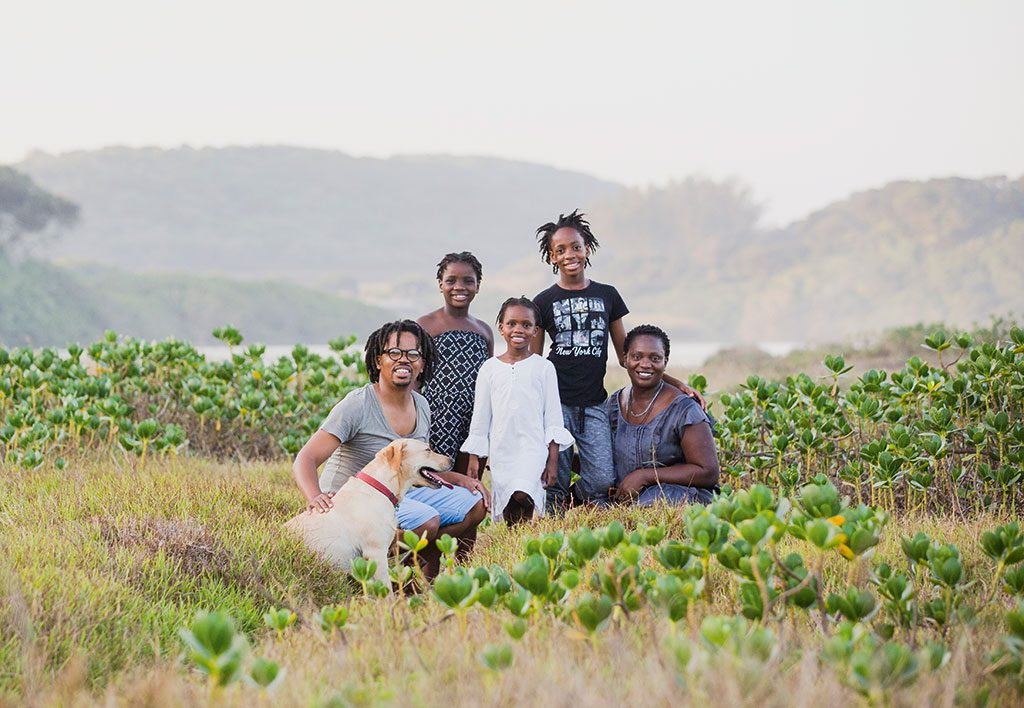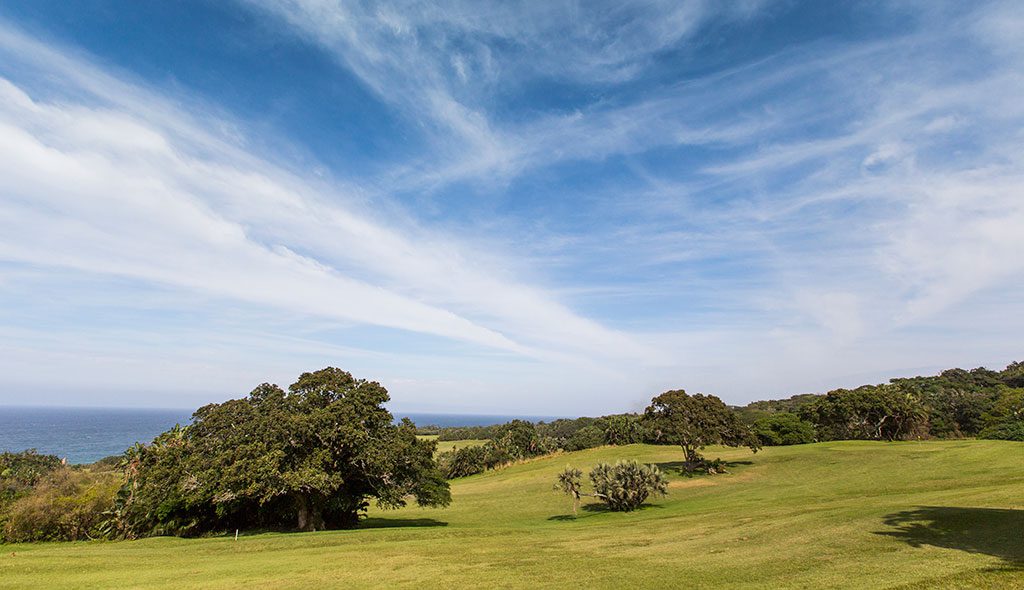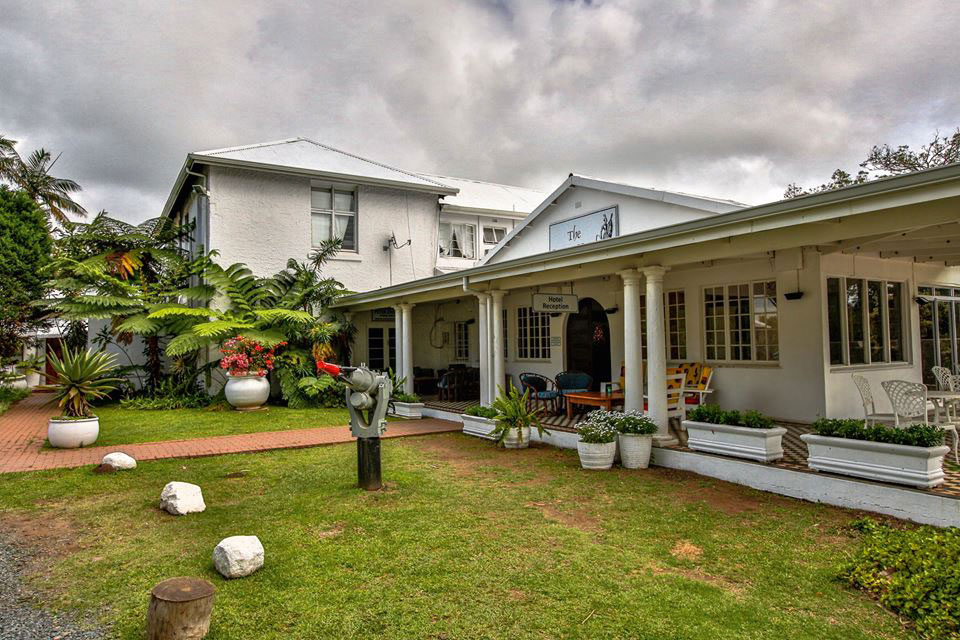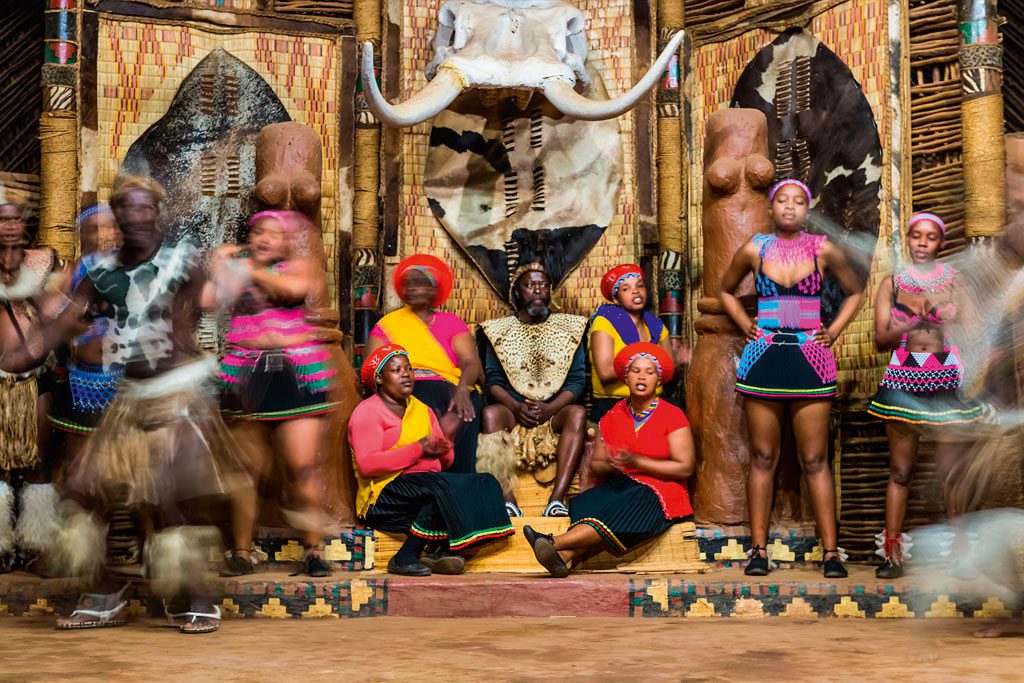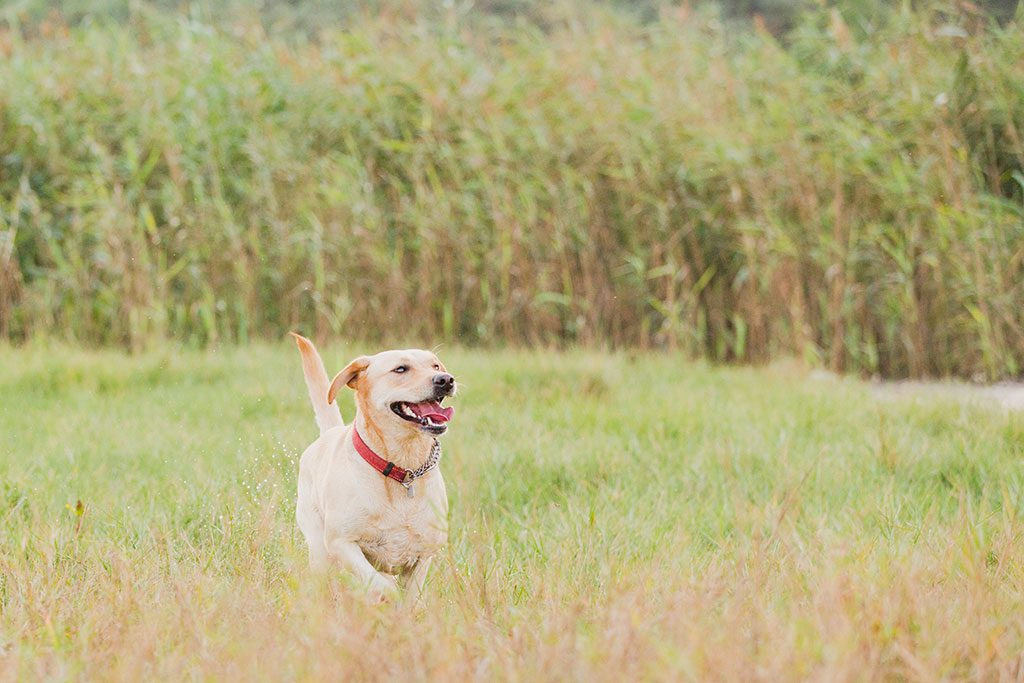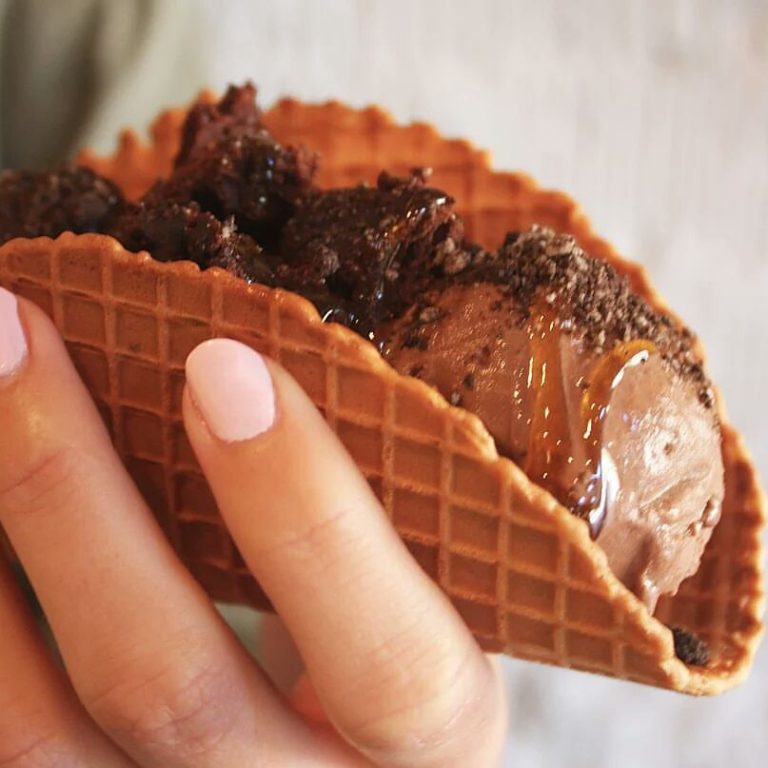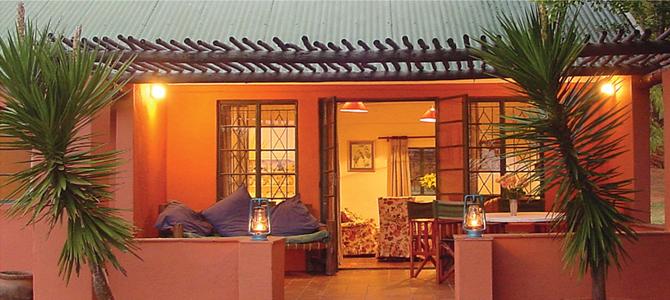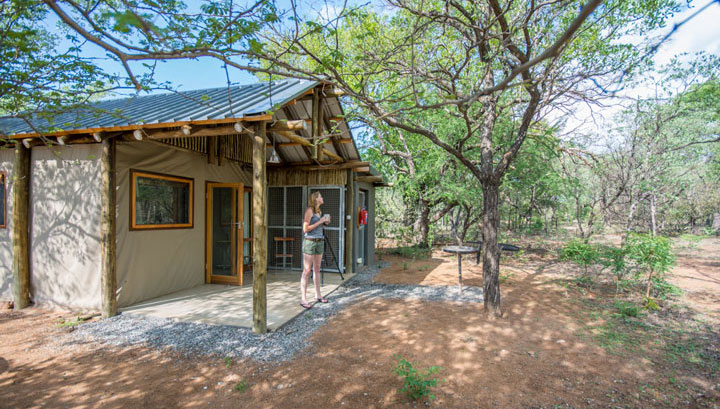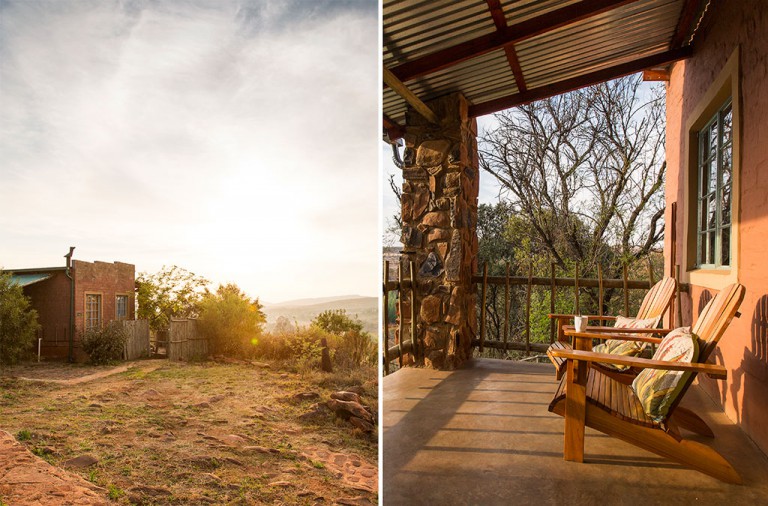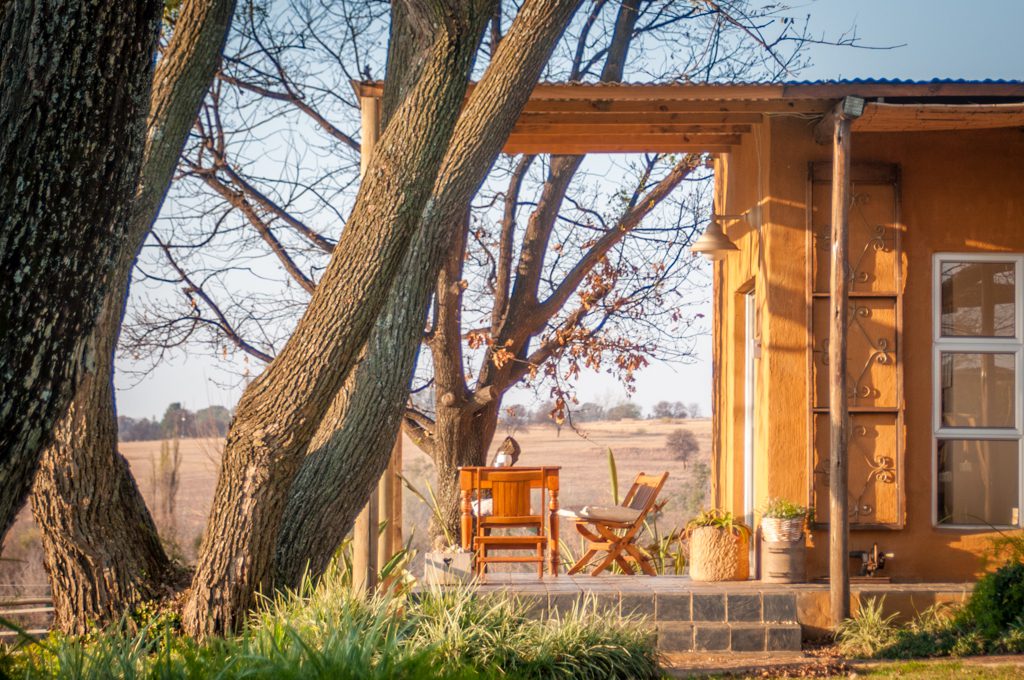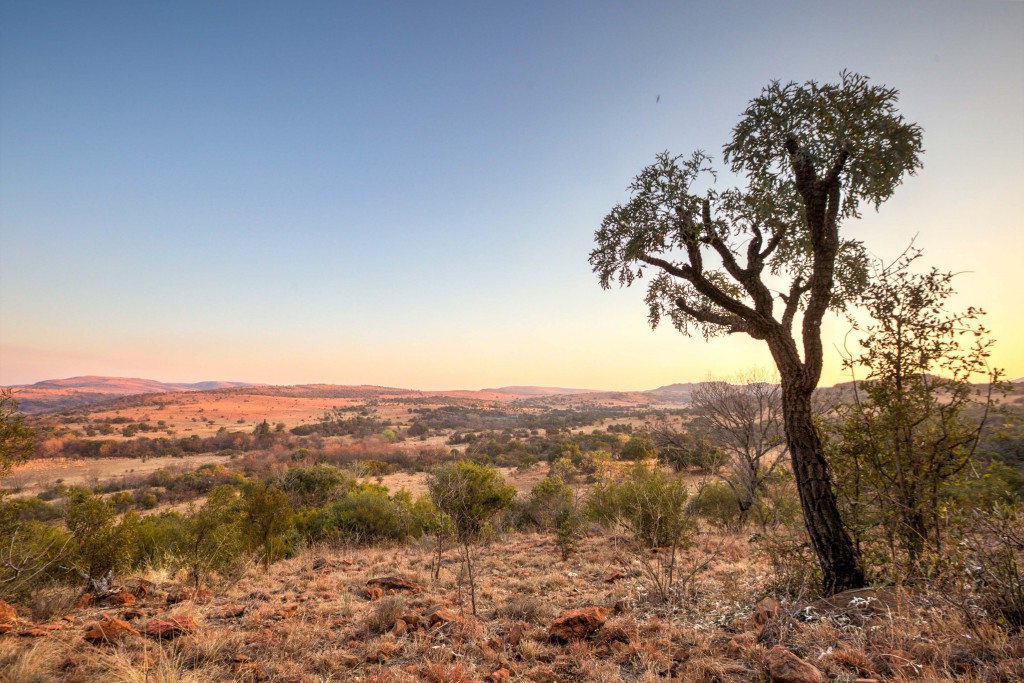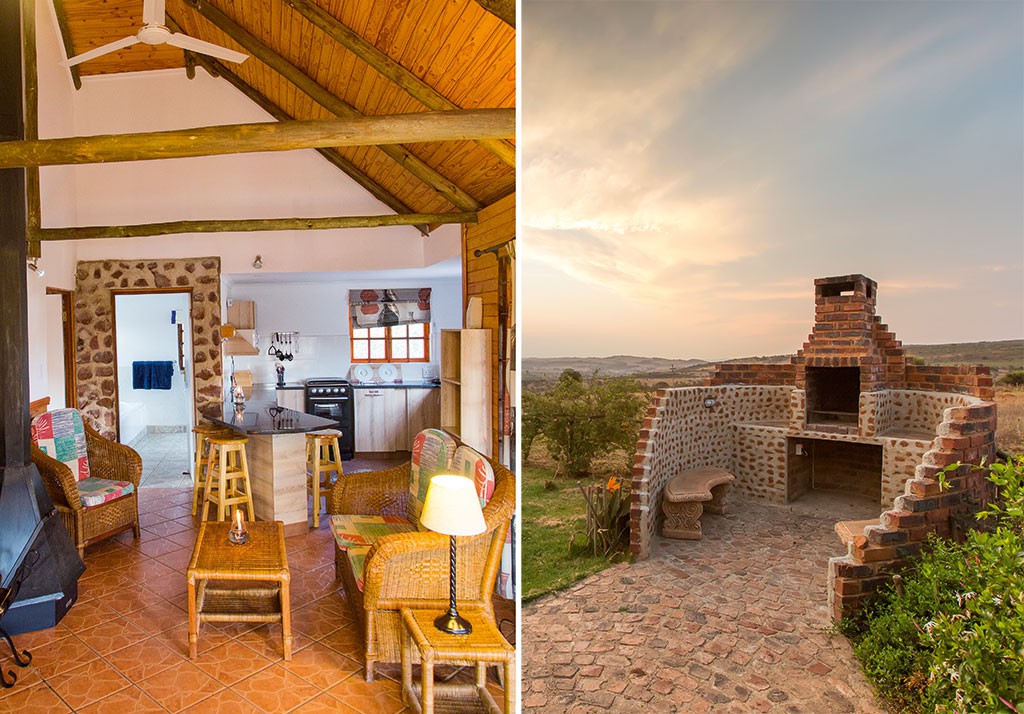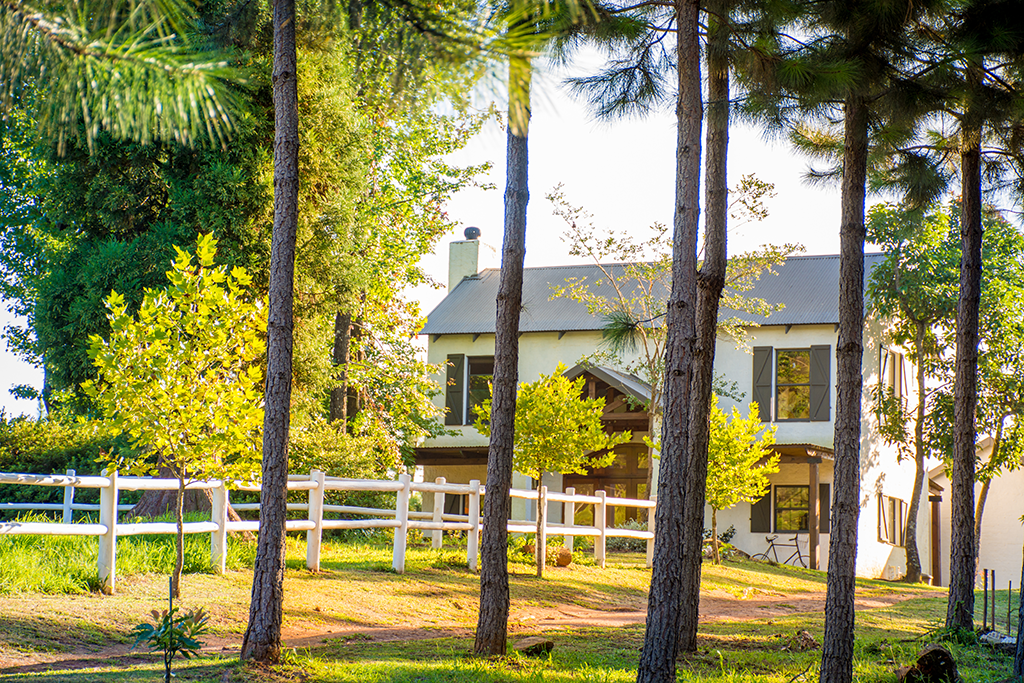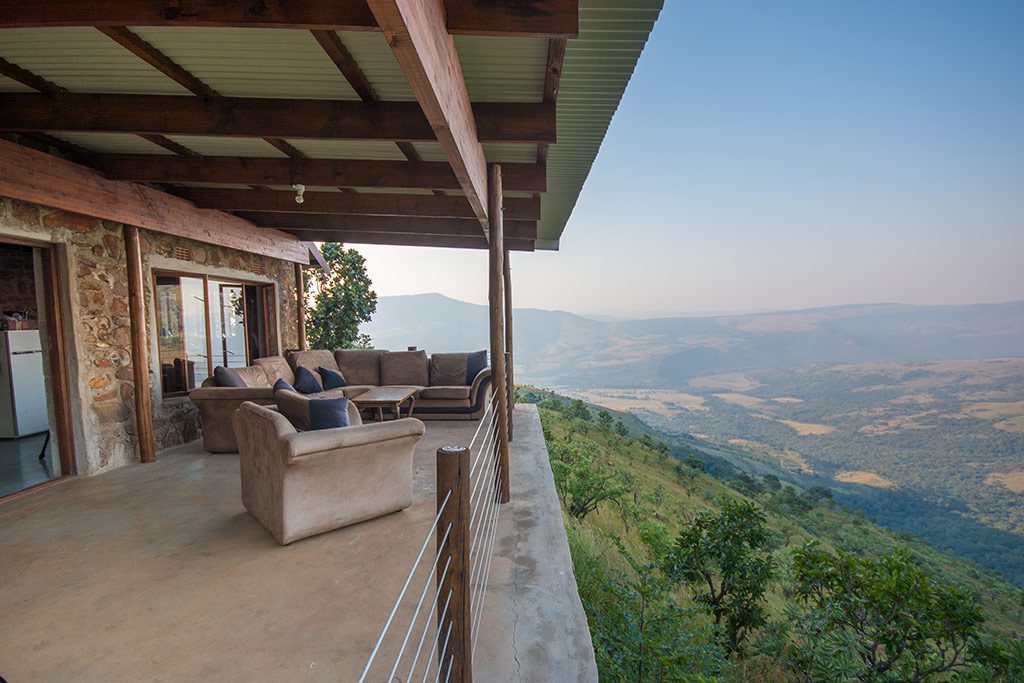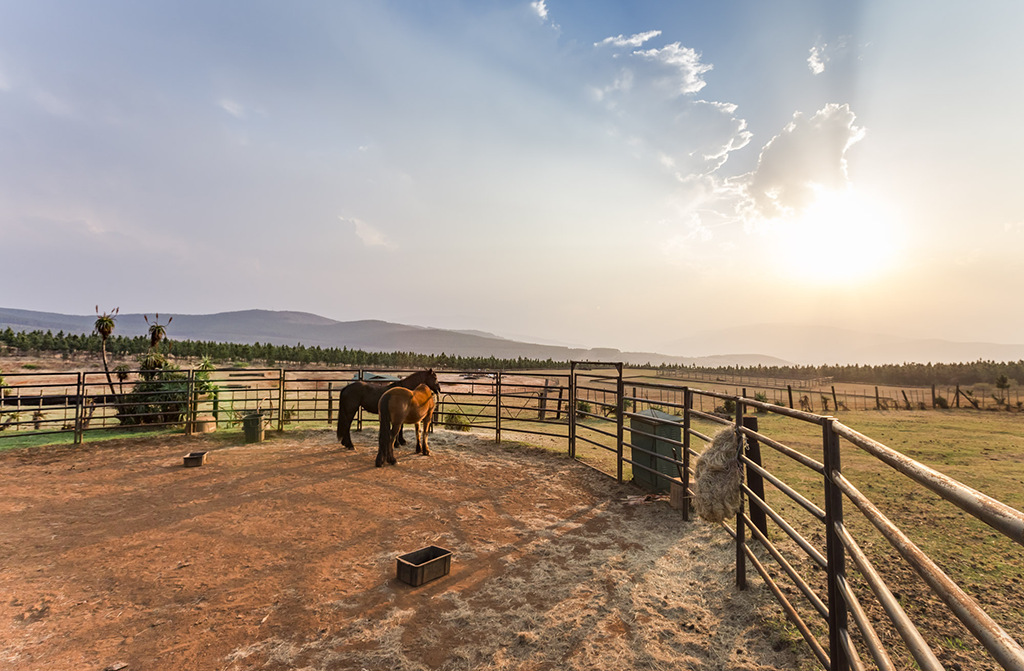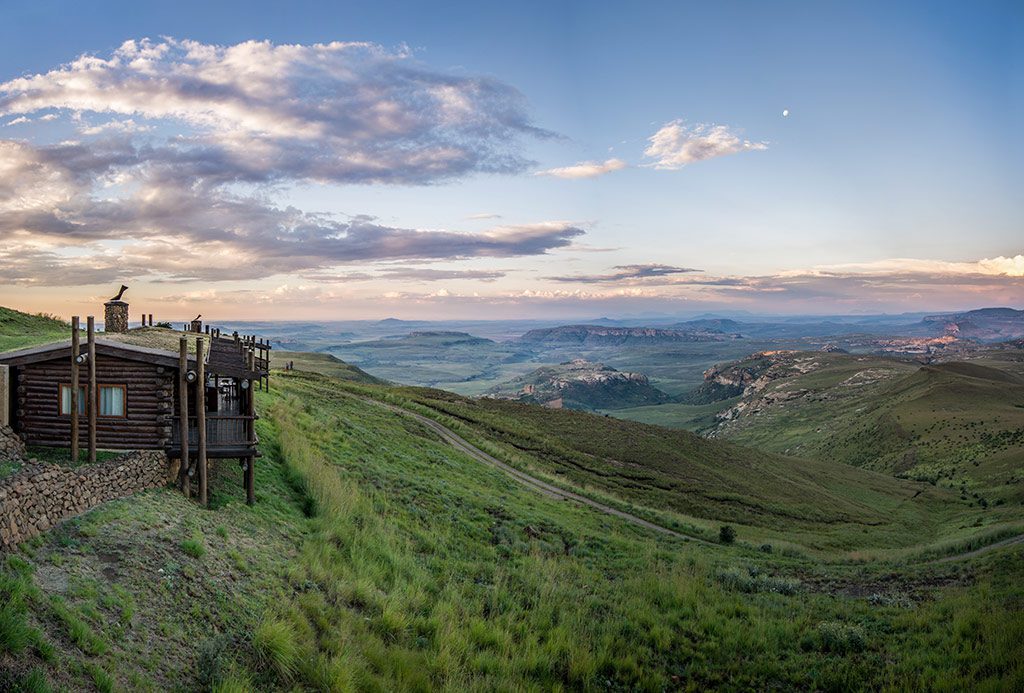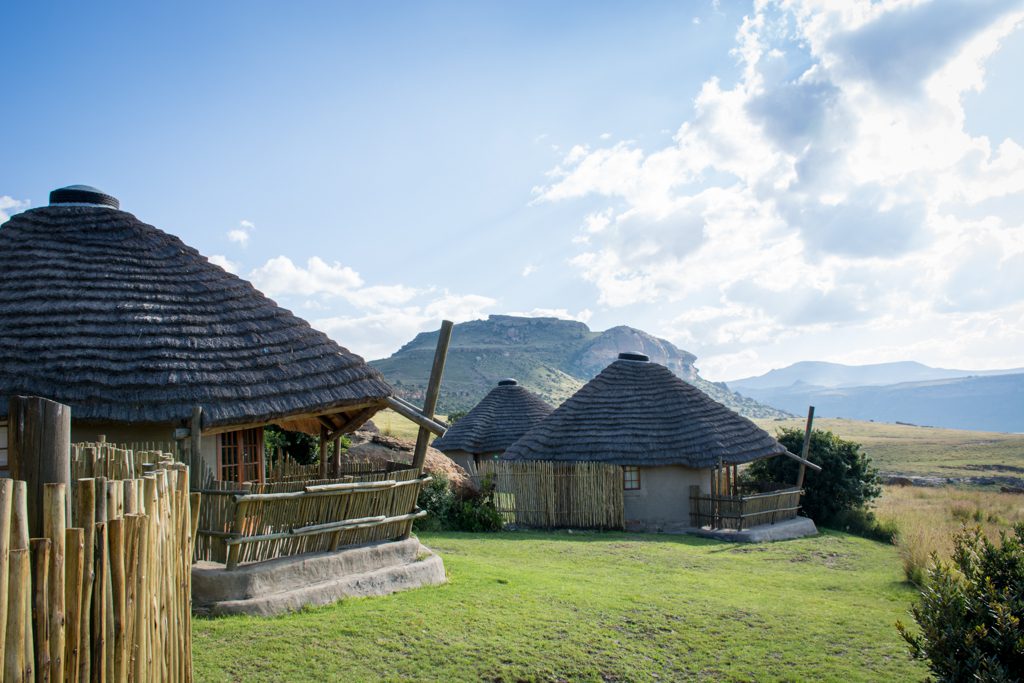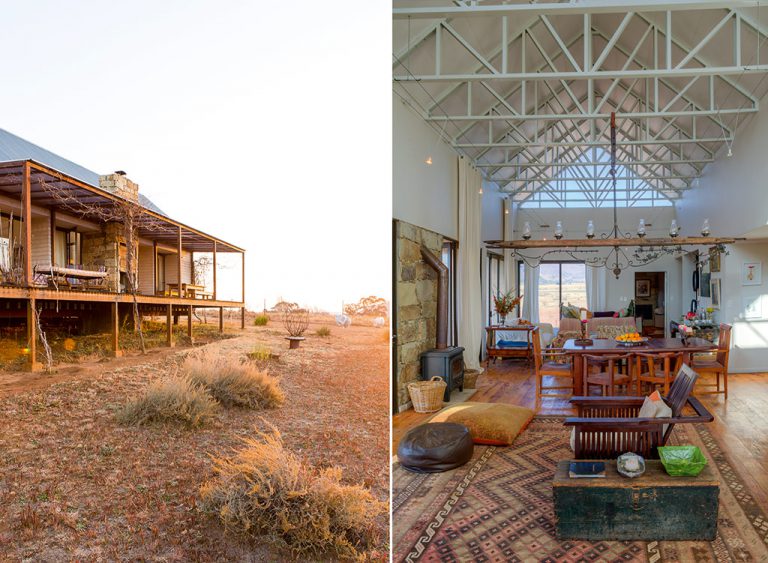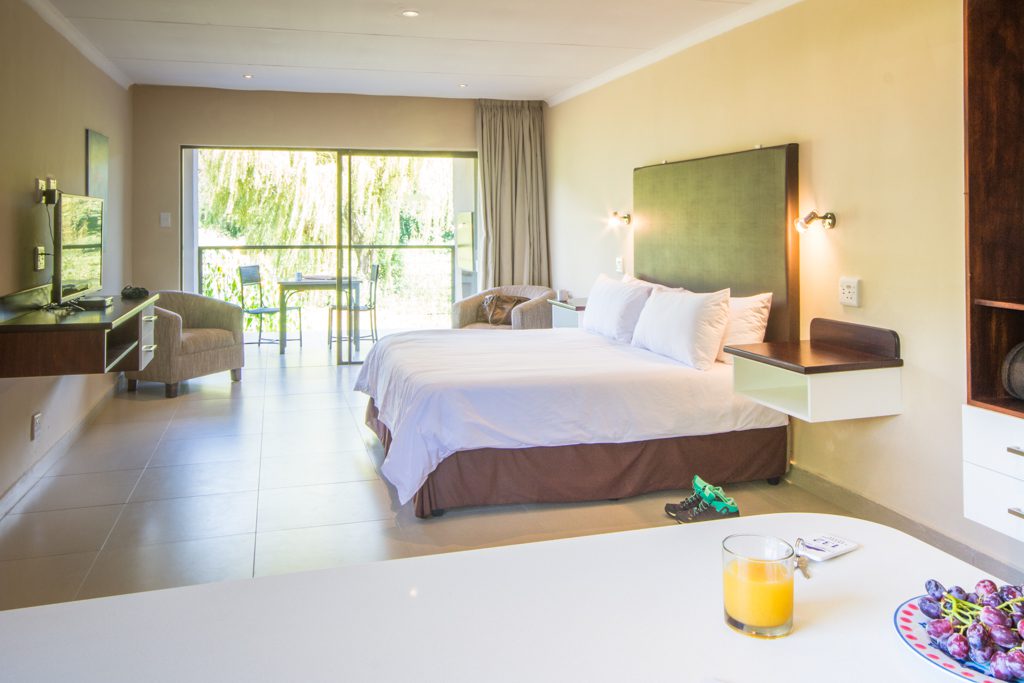
These hotels and B&Bs across South Africa have all been screened by the Getaway team. Treat yourself to a stay at one of these top destinations.
Also read
- 10 dreamy treehouses for a faraway break
- Cosy cabins for a winter break
- 12 of our favourite farm stays across South Africa
- Remote camps and cottages for a digital detox
Please note that the prices below are subject to change at each establishment’s discretion. Please check with them before travelling.
Gauteng
1. De Hoek Country Hotel, Magaliesberg
Cost: From R2950 per room B&B.
Contact: www.dehoek.com.

A luxurious landmark set in a peaceful, fertile valley in the Magaliesberg, De Hoek is a sandstone house in manicured gardens with a fine reputation for good food and personal service. This easily accessible retreat has expanded over the years, but remains exclusive. Additional suites and rooms adhere to the original style, and The Conservatory restaurant, Compass Bar, indoor and outdoor terraces and gardens combine to lift the spirits. It’s winter at its best, with gas res, spa treatments or activities such as hot-air ballooning and walking trails. Happily not just another property that has expanded to cater just for events and weddings, like so many in that area – you are their guest and that is their focus.
2. Hotel QSL on 44, Johannesburg
Cost: From R1000 per room B&B.
Contact: www.qslon44.com.

If you like modern, innovative conversions of spaces built for other purposes, you’ll love Hotel QSL on 44. Being central is important for a car-less traveller, and it’s true here: a two-minute walk away is 44 Stanley, a vibrant, hip space good for shopping, socialising and dining. You’ll also eat breakfast there (you’re given a voucher for a choice of two venues), as Hotel QSL doesn’t do food. It does do good Wi-Fi and Netflix. It’s a place that feels modern and unfussy, but the quality is high and you’ll be well looked after here.
3. Hallmark Hotel, Johannesburg
Cost: From R1210 per room.
Contact: www.hallmarkhouse.co.za.

When you’re in a very urban space in the city, there are two ways you can go: try to mitigate its concrete, its noise, its grey tar, hard corners and yellow lines, or you can embrace these elements. The latter is how to describe what Hallmark House does. It’s a 13-storey building, excluding parking levels. The suites are only two storeys; the rest is given over to apartments and penthouses, and on the rooftop, there’s a spa, gym and bar/restaurant. The hotel celebrates Africa classily – gorgeous big woven baskets, wooden stools/side tables, red pots and local art. All the rooms have full-length glass doors that lead out onto concrete balconies, some bigger than others, all with chairs and a side table. And below you is the busyness of downtown Joburg.
Mpumalanga
4. Buhala Lodge, Malelane
Cost: From R4050 per room B&B.
Contact: www.buhala.co.za.

Many people return time and again to this long-standing family-owned and run property set on the southern bank of the Crocodile River in a game-rich area. Buhala has warm, comfortable, thatched accommodation and a relaxed environment. When you’re in need of a break from game drives in the Kruger and elsewhere, simply stay put on the lodge decks – with a drink in hand, you can watch game on the river’s edge from there. Happily, too, for golfers, the famed Leopard Creek is a short drive away.
Also read: Getaway’s top-rated accommodation in White River and Hazyview.
5. Walkersons Hotel and Spa, Dullstroom
Cost: R2250 per person DBB.
Contact: www.walkersons.co.za.
 This well-established country house has recently been given a nip and a tuck to freshen her up, in this scenic setting of unspoilt grassland, lush wetlands and striking rocky outcrops. Activities in the area include everything from birding, hiking and trout fishing to clay-pigeon shooting and picnicking, and there’s a very good spa for those who want to pamper themselves. Walkersons combines all of this with comfort, wonderful dining and a well-stocked wine cellar, but the secret here is that the older (more reasonable) Lakeside Suites are the ones to book as they’re charming.
This well-established country house has recently been given a nip and a tuck to freshen her up, in this scenic setting of unspoilt grassland, lush wetlands and striking rocky outcrops. Activities in the area include everything from birding, hiking and trout fishing to clay-pigeon shooting and picnicking, and there’s a very good spa for those who want to pamper themselves. Walkersons combines all of this with comfort, wonderful dining and a well-stocked wine cellar, but the secret here is that the older (more reasonable) Lakeside Suites are the ones to book as they’re charming.
Limpopo
6. Mhondoro Game Lodge, Vaalwater
Cost: From R4600 per person full board.
Contact: www.mhondoro.com.
You’ll find Mhondoro in Welgevonden Game Reserve, in the Waterberg area. It opened early last year and is in a gorgeous setting made even better by the calm, beautiful decor. What’s particularly special is the hide, set into the ground at eye-level; the refreshingly fresh and healthy food (there’s an on-site vegetable garden); plus it is well-geared for kids, with dedicated play spaces for various age groups. It’s a Big Five experience and a great place to spot white rhino which are protected within the reserve.
7. Karongwe River Lodge, Greater Kruger Area
Cost: From R3500 per person full board, but you can find good deals with Bushbreaks.
Contact: www.karongweportfolio.com

Being close to the Kruger National Park, Karongwe Private Game Reserve is in Big Five territory and obligingly has all five, plus all the other richness the bushveld has to offer. It is a large tract of land (9000 hectares) through which the Makhutsi River runs. On its bank this spacious, classic wooden lodge is set, which means it’s ideal for game viewing. Karongwe also prides itself on its gourmet offering.
8. Leshiba Wilderness, Soutpansberg
Cost: From R2025 per person full board.
Contact: www.leshiba.co.za.

Leshiba Wilderness is a 2600-hectare eco-friendly reserve in the gorgeous, biodiversity-rich Soutpansberg with luxury and off-the-grid options great for a weekend escape from Gauteng. The luxury lodge inspired by Venda clay-making traditions consists of five en-suite rondavel-style huts overlooking the plains. Nature lovers can hike, bike and swim the streams to explore the unique biome and cross paths with both zebra, giraffe and more.
Eastern Cape
9. The Fernery, Tsitsikamma
Cost: From R1300 per person self-catering B&B.
Contact: www.forestferns.co.za.

Hidden away at the end of a road that cuts through six kilometres of plantation bordering a protected national park, The Fernery is attached to a nursery that exports ferns. There’s a mix of self-catering chalets and B&B cabins linked by boardwalks and spread along the cliff edge, but the main lodge stands like a sentinel on stilts, poised dauntingly high on the one side of the Sanddrift River Gorge. From the fabulous ocean-facing suites you experience a full-scale drama of waves crashing against the near-distant headland where the river finally meets the Indian Ocean. The nearby chalets, meanwhile, are ideal for families – the best of these are private and secluded, and spiffily decorated, with full kitchens, braai facilities, and loads of space.
10. Dune Ridge Country House, St Francis Bay
Cost: From R2624 per room B&B.
Contact: www.duneridgestfrancis.co.za.

Owner Sarah-Jane Swanepoel has created a comfortable hideaway on the outskirts of St Francis, set in an indigenous garden where nyala often come to graze. The six double rooms and one family cottage are finely decorated and the ‘swallow-me’ beds hard to leave. But you’ll be tempted to get up for Sarah’s divine food, especially on a cold winter’s night where dinner is served next to the large indoor replace. Pumpkin and sweet potato soup, bobotie-spiced impala loin, followed by apple tarte Tatin is one delectable meal option. Walk it all off later on the beach and in the dunes.
11. Umngazi River Bungalows & Spa, Port St Johns
Cost: From R1145 per person full board.
Contact: www.umngazi.co.za.

This wonderful Wild Coast resort is so loved by families that it’s often booked out during the summer season. Its recent and ongoing revamp has made it more welcoming than ever. The winter rate is not that generous thanks to its demand due to good year-round weather, but because this is such a treat for family getaways we’ve included it. The resort is set on the Mngazi River mouth, which makes gentle waters for children. Activities range from mountain biking, exploring the natural surroundings to fishing, birding and more.
12. Woodall Country House and Spa, Sundays River Valley
Cost: From R1770 per person B&B.
Contact: www.woodall-addo.co.za.

Tucked away on a citrus farm outside Addo is the well-established, owner-managed Woodall Country House & Spa, renowned for its good South African country cuisine and wines, hospitality and a spa to relax in. It’s ideally situated for visits to Addo Elephant National Park and other reserves in the area, which showcase the beautiful landscape in this corner of the Eastern Cape. The Millers also have their own game-viewing vehicle, which is used to take their guests on game drives into the parks. You don’t have to move, though – there’s excellent birding from the outdoor decks overlooking a small lake.
13. Camp Figtree, Sundays River Valley
Cost: From R1250 per person B&B.
Contact: www.campfigtree.com.
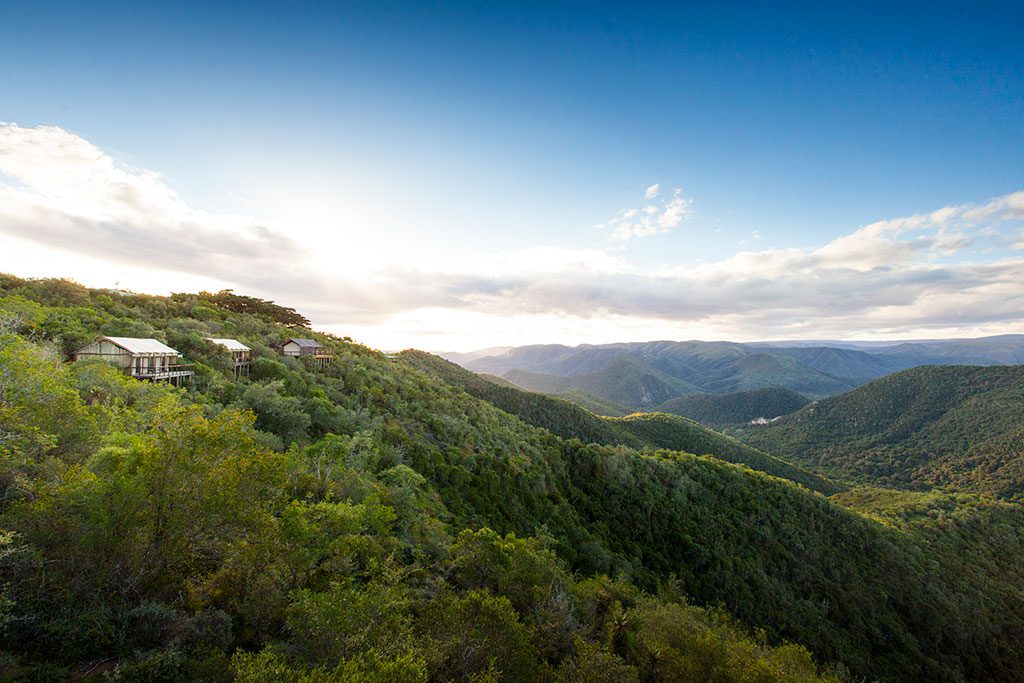
Conveniently situated for those who fly into Port Elizabeth or self-drive, this is a uniquely well-placed private game reserve. It offers an excellent bush break where you can view the Big Five, but you might well be lulled into the sheer comfort of the lodge and never go on a game drive. The cabins are lovely, set high so the balconies have incredible views over unspoilt Eastern Cape flora and you feel immersed in nature; it’s an ideal romantic break. The rangers and staff are all well trained, so service is good, as is the food.
Also read: 14 fantastic stays around Addo Elephant Park.
Kwa-Zulu Natal
14. Montusi Mountain Lodge, Northern Drakensberg
Cost: From R1885 per person full board.
Contact: www.montusi.co.za.

This lodge, developed and owned by the Carte family, is a hugely comfortable haven situated on a large tract of land with views of the foothills and mountains. There’s plenty to do, from hiking and horse riding to fly fishing, birding or even doing nothing but reading. Plus the food is good. This is where you can rekindle your childhood Berg holiday memories or introduce your children to this memorable experience.
15. Isibindi Kosi Forest Lodge, Isimangaliso Wetland Park
Cost: From R2650 per person full board.
Contact: www.kosiforestlodge.co.za.

This is one of South Africa’s top wildlife destinations thanks to its varied habitat. Set in an indigenous forest under gorgeous old trees, you’ll find this magical lodge with its cosy chalets and outdoor showers where resident monkeys peep out at you. It’s fantastic for birders, and don’t miss a canoe ride on the Kosi Lake System.
16. Fordoun, Nottingham Road
Cost: From R1040 per person B&B.
Contact: www.fordoun.com.

This is a beautiful and immaculately maintained country-house hotel set in rolling gardens with views across the Midlands. The rooms are superbly comfortable, the decor pleasing – think Nguni-framed prints, old red-brick features, a mix of Biggie Best prints. There’s an excellent restaurant and the extremely good spa on-site (in a converted cowshed) is the primary attraction of this property. It’s a peaceful, relaxing choice for a short or longer break with a range of activities available, too, including walks, fly fishing, birding and mountain biking.
17. Coral Tree Colony, Southbroom
Cost: From R775 per person B&B.
Contact: www.thecoraltree.com.

On KwaZulu-Natal’s Hibiscus Coast, Southbroom is probably the most sought-after seaside village with its lush tropical vegetation, renowned golf course and magnificent beaches. Here you’ll find family-run Coral Tree Colony, a beautiful, modern colonial-style property and peaceful hideaway, but with a range of more active pastimes should you want them – fishing, kayaking, surfing, hiking, whale watching and more. Thankfully the commercialism that has changed the character of many of our coastal resorts has bypassed this area, so if you’re looking for an unpretentious but lovely escape, you’ll find it here.
18. Ghost Mountain Inn, Mkhuze
Cost: From R820 per person B&B.
Contact: www.ghostmountaininn.co.za.

Set in Northern KZN, this privately owned and run inn in Mkuze is an ideal location from which to explore the many reserves in Maputaland and the Elephant Coast. Set in an immaculate garden, this is a property that has been wonderfully maintained and updated, with delicious cuisine and a wine list that can match those of the best Cape Winelands properties. Plus it has a very good spa.
19. Cathedral Peak Hotel, Drakensberg
Cost: From R1495 per person full board.
Contact: www.cathedralpeak.co.za.
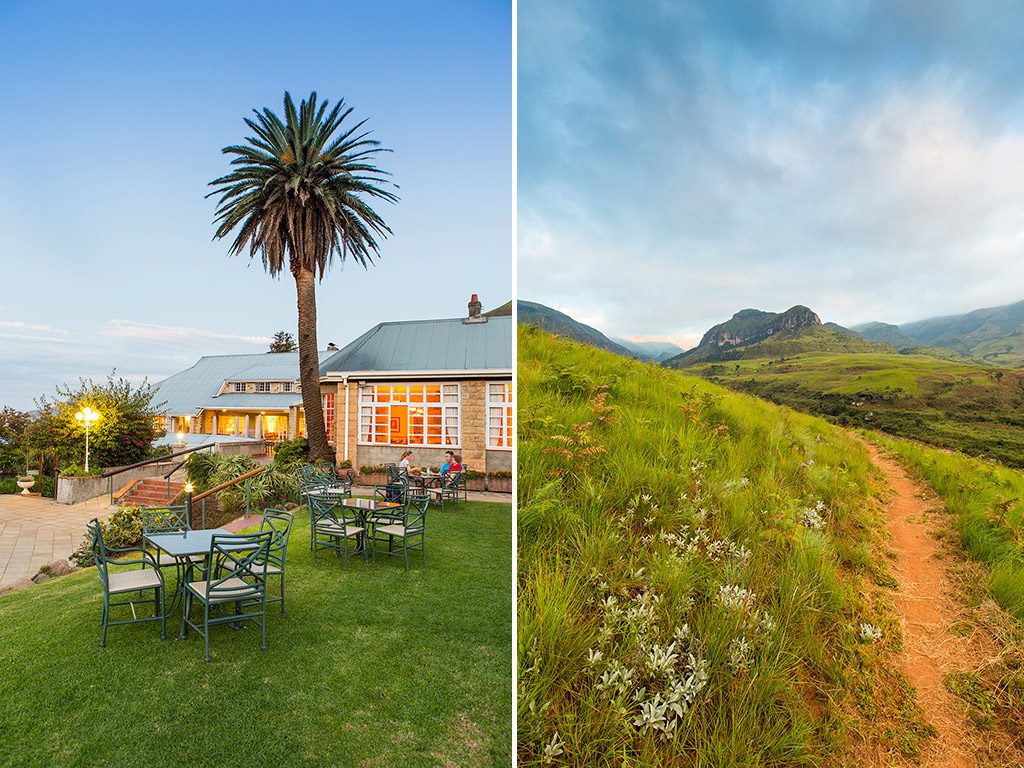
Just 250 kilometres from Durban and 400 kilometres from Joburg, this sprawling resort emits an old-school traditional hotel feel – guests have enjoyed hospitality here since it opened in 1939. The area is a great escape for couples or an active family – there are 18 walking trails traversing the World Heritage Site (guided options are also available if you have a special interest in the local rock art), plus an endless log of ways to excite kids: archery, horse and pony rides, mountain-bike trails, outdoor chess, beach volleyball, badminton, floodlit mini-adventure golf, a climbing tower, plus heated and cold outdoor swimming pools. There are a variety of accommodation options – from homely thatched, stonewall units to interleading family rooms – for a variety of budgets, but ask for a room that faces the mountains.
Northern Cape
20. Bloemhofkaroo, Richmond Area
Cost: From R875 per person B&B.
Contact: www.bloemhof-karoo.co.za

Conveniently situated off the N1 some 25 kilometres south of Richmond in the Great Karoo, is BloemhofKaroo. This peaceful haven on a working farm has the talented, hospitable Jenny Pickard as owner, and a rich history – it was once home to the late Professor Chris Barnard. It’s worth more than an overnight stop, and is the ideal family getaway or artists’ retreat. You can swim in the farm’s ‘swemdam’, hike, mountain bike and picnic – at night the stargazing is incredible. The accommodation is hugely comfortable, with a charming authenticity. You’ll have roaring fires, winter food plus a friendly team that will oversee your stay.
Also read: 23 of Getaway’s favourite affordable Karoo cottages under R500.
Western Cape
21. Schoone Oordt Country House, Swellendam
Cost: From R1575 per person B&B.
Contact: www.schooneoordt.co.za.

Schoone Oordt is a charming hotel, set in a gorgeous garden, well worth more than a one-night stay. The service is wonderful, the food and wine delicious and the pretty manicured gardens make it ideal for couples or families. Swellendam is rich in history and atmosphere, with museums and galleries, some excellent restaurants and authentic shops. The surrounding countryside includes the unsung Bontebok National Park, good hiking routes and mountain-bike trails.
22. Batholomeus Klip, Riebeek Valley
Cost: From R3500 for a self-catering house that sleeps six.
Contact: www.bartholomeusklip.com.

Celebrating 20 years of generous hospitality and fabulous food, it’s no wonder guests keep returning to this beautifully restored Victorian farmhouse on a wheat and sheep farm in the 4000-hectare Elandsberg Private Nature Reserve. It’s a wonderful space to relax in, although there’s plenty to do from nature drives to hiking and biking, plus there are wine and olive oil producers in picturesque locations nearby. Twins Lesley (front of house) and Louise Gillett (head chef) manage the place with a team of excellent staff.
23. Chocolate Box, Gordon’s Bay
Cost: From R2365 a room B&B.
Contact: www.chocolateboxgb.co.za.

You don’t need a sweet tooth to stay at experienced and hospitable boutique-hotel owner Olaf Dambrowski’s quaintly named property, with its wonderful sea and mountain views from its elevated location. Just as you’d choose your favourite chocolate from the box, return guests have their favourite room here, all of which are colourful and individually decorated. For those who want to get out and about, there are scenic drives with views across False Bay, lovely walks on nearby Blue Flag Bikini Beach and some superb Helderberg wine estates and restaurants on its doorstep.
24. Chartfield Guesthouse, Kalk Bay
Cost: From R900 per room.
Contact: www.chartfield.co.za.

You couldn’t wish for a more pleasant and convenient base in Kalk Bay, a quaint fishing village on the Cape Peninsula overlooking False Bay. Set on the mountain, with the pretty harbour below, Chartfield is within walking distance of the buzz of Main Road where you have a fabulous choice of shops and places to eat. And this is the great thing about staying here – you can park your car and not get back into it until you leave. The owners are South African and Swiss, so expect excellent service, warmth and attention to detail. Don’t miss the breakfasts, which are delicious. The best rooms overlook the sea or the mountain behind.
25. Dunstone Country Estate, Wellington
Cost: From R1125 per person B&B.
Contact: www.dunstone.co.za.

The warm owners of this boutique wine estate are a part of what makes this escape special. Guests are encouraged to visit the winery and participate in activities in the picturesque Bovlei Valley above Wellington. Dunstone has transformed its charming rooms and cottages and added a bistro restaurant, The Stone Kitchen. It’s perfect for couples and families as there’s lots to do close by, as well as beautiful landscaped gardens on site, vineyards and guava orchards. A real winner this, with many thoughtful touches, and convenient, too, for those who want to explore nearby Bain’s Kloof.
26. Val du Charron, Wellington
Cost: From R2260 per room B&B.
Contact: www.vdcwines.co.za.

This is a wonderful little country hotel, stylish but with a homely feel – the warm staff and resident Great Danes and a Jack Russell make it that way. One of the best things about it is its location. From here you can mountain bike, run and cycle in gorgeous surroundings, go horse riding on the neighbouring farm or take a cellar tour with VDC’s own winemaker. It’s the perfect winter destination too – you could simply stay indoors and stare at that gorgeous view, eat the good food and drink the excellent wines. The bedroom decor is classic white and kept simple: wood, great linens and coir carpets – simple, and with great quality.
27. Tintswalo Antlantic, Cape Town
Cost: From R5390 per person B&B.
Contact: www.tintswalo.com.

Every winter, hotels around the country drop their prices to put bums in beds. Tintswalo is one of them.
Staying here is a completely unique experience for even the most seasoned traveller. Set in a beautiful enclave at the foot of Chapman’s Peak, overlooking the Atlantic Ocean, each individually decorated suite is a private paradise for celebrating a special occasion – and seeing the Cape Peninsula in a whole new way. This is thanks to its remarkable location at the mouth of Hout Bay’s harbour, an incredible vantage point with no development on either side. In winter, the waves come rolling in, but each room has a fireplace so it could not be cosier. You won’t forget a visit to this special spot.
28. The Tulbagh, Tulbagh
Cost: From R1300 per room B&B.
Contact: www.tulbaghhotel.co.za.

In this small historic town in the Witzenberg Valley, you’ll be delighted to find a unique boutique heritage hotel made up of several beautifully restored buildings with contemporary-style luxurious rooms. The hotel is within easy walking distance of art galleries and museums and the town’s Church Street, famous for having the oldest church in South Africa and the largest number of heritage properties in a single street. There is a bistro and lounge bar, the Olive Terrace, and in winter the hotel lights its wood-burning fires.
29. Belvidere Manor Hotel, Knysna
Cost: From R1040 per person B&B.
Contact: www.belvidere.co.za.

Belvidere is a well-established owner-managed property set in verdant gardens leading down to the Knysna Lagoon. It’s something of a haven, but is close enough to the town’s action should you want it. The Bell, its convivial pub and restaurant, is much loved by locals and visiting guests who’re ‘in the know’. Sue and Mike Mills and their team are welcoming hosts, and the accommodation is comfortable, suited for couples and families. It’s a great favourite with a loyal clientele, people who return year after year for the great service, good food and pretty surroundings.
30. Akasha Mountain Retreat, Heidelberg
Cost: From R525 per person when the whole is rented (sleeps eight).
Contact: www.akasharetreat.co.za.

Akasha Mountain Retreat has one of the most bucolic settings in the Western Cape: snuggled into the side of a valley, looking down at the wending Duiwenhoks Dam, with panoramic views of the Langeberg mountains. The glorious setting is optimised through every room in the house, which has been furnished in Moroccan-style by the owners. Rough-hewn painted doors and embellished lanterns hanging on delicate chains are some of the aesthetic details; ample two-prong plugs and Bluetooth music speakers are some of the practical ones. Boosmansbos Wilderness Area, with its rare indigenous forest, spans the mountain across the river, and the (almost) 200 bird species found there also frequent the fynbos around Akasha. The main house has three bedrooms (plus one kids’ bunk), and there’s a separate fourth room about 20 metres away that sleeps two (they’re rented as a unit). Best to take this if privacy is a concern, though.
31. Vineyard Country House, Montagu
Cost: From R650 per person B&B.
Contact: www.thevineyardcountryhouse.co.za.

When respite from the world is needed, this is the place to choose. Montagu is a lovely town. It’s surrounded by mountains, which gives the effect of it being protected. You can pretty much walk anywhere, everything’s so close. The Vineyard Country House is set off the main road (so you can hear some traffic) and in a vineyard. It offers five rooms, each as lovely as the next. The style is that of a classy home – good linens, comfy couches, chairs and loungers. The owners live on site, but separate, and both are foodies, so breakfasts are a treat (book a dinner too, while you’re there). Our favourite room is number five, which has a reed ceiling and no television, only music. If you’re going to (re)treat yourself over winter, this is the one to book.
32. Leisure Isle Lodge, Knysna
Cost: From R1370 per person B&B.
Contact: www.leisureislelodge.co.za.

Knysna has some very peaceful places to stay surrounded by exquisite landscape but within minutes from the busy CBD. Leisure Isle Lodge is one of them. Situated on Bollard Bay near Knysna’s landmark Heads, it has beautiful lagoon and garden-facing rooms. The combination of this serene setting and top-notch accommodation makes this a Garden Route fixture. There’s also a spa for pampering and fine dining at Daniela’s Restaurant, which overlooks the water and is a great place to watch the sun setting.
This article, Treat yourself: 32 luxe stays across South Africa, was originally posted on the Getaway Blog by Getaway.


